Stop Making Sugary Fruit Bombs: The Real Way to Build a Smoothie That Keeps You Full
For years, I’ve watched well-meaning people try to get healthier. And so often, their secret weapon is a smoothie. They proudly clutch a cup packed with fruit, maybe a splash of juice, and feel like they’re nailing it. But here’s the tough love: that “healthy” habit might just be a sugar bomb setting you up for a massive energy crash in an hour.
In this article
Let’s be clear: the problem isn’t the smoothie. It’s the construction. A well-built smoothie is an absolute game-changer for getting nutrients into your body efficiently. A poorly built one is just dessert in a glass.
Honestly, I used to see them the same way—as a quick breakfast or something to chug after a workout. But after years of working with everyone from busy parents to serious athletes, and collaborating with food scientists, I started seeing them as a formula. Every single ingredient has a job. This is the blueprint I’ve developed, not just a list of recipes, but a way to build a genuinely balanced smoothie every single time.
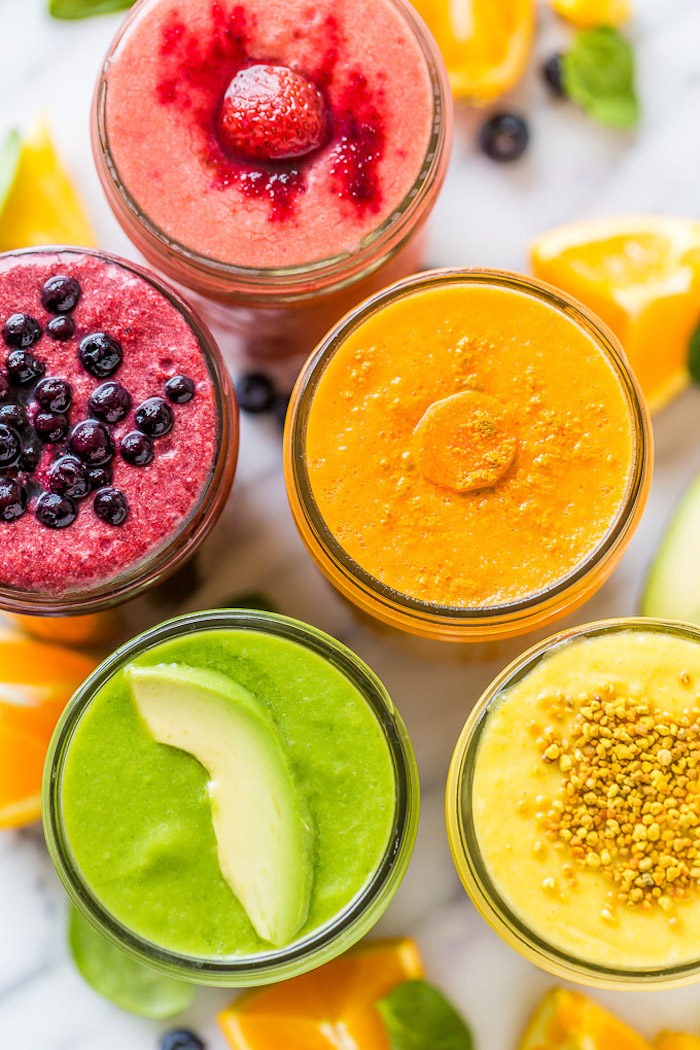
The Simple Science of a Better Blend
Before you even touch the blender, it helps to know what’s going on inside. A smoothie isn’t just food that’s been chopped up; it’s a vehicle for nutrients. How you combine those nutrients completely changes how your body uses them. Understanding this is the key to unlocking their real power.
The Big Three: Protein, Fat, and Carbs
Your body runs on three main things: protein, fat, and carbohydrates. A truly great smoothie needs all three. This part is non-negotiable.
Carbohydrates give you energy. In smoothies, this usually means fruit. The catch? Blending breaks down fruit’s fiber structure, making its sugars available to your body almost instantly. Without anything to slow that down, you get a blood sugar spike, a big insulin release from your body to deal with it, and then the inevitable crash. That’s why a fruit-and-juice-only smoothie leaves you starving an hour later.
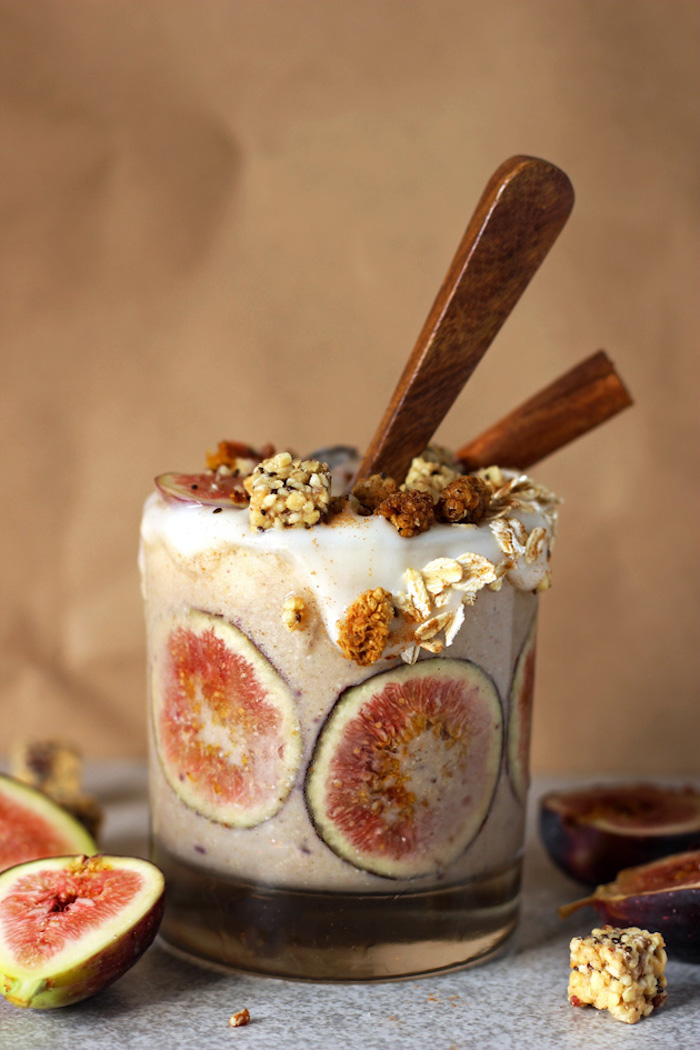
Protein is what gives your smoothie staying power. It’s crucial for repairing muscle and tissue, but in this context, its most important job is making you feel full. It digests slowly, which helps soften the sugar rush from the carbs. You should aim for 20 to 30 grams of protein to turn a smoothie from a light snack into a proper meal.
Fat is also a hero for satiety. It slows down how fast your stomach empties, so you feel satisfied for much longer. More importantly, some of the best vitamins (A, D, E, and K) are fat-soluble, meaning your body literally cannot absorb them without fat. Adding a scoop of almond butter or some avocado ensures you’re not just pouring those vitamins right through you.
The Smoothie Blueprint: A Step-by-Step Formula
I teach everyone a formula, not just a recipe. This way, you can create endless combinations with whatever you have in the kitchen, and every single one will be nutritionally solid. Think of it as a checklist.
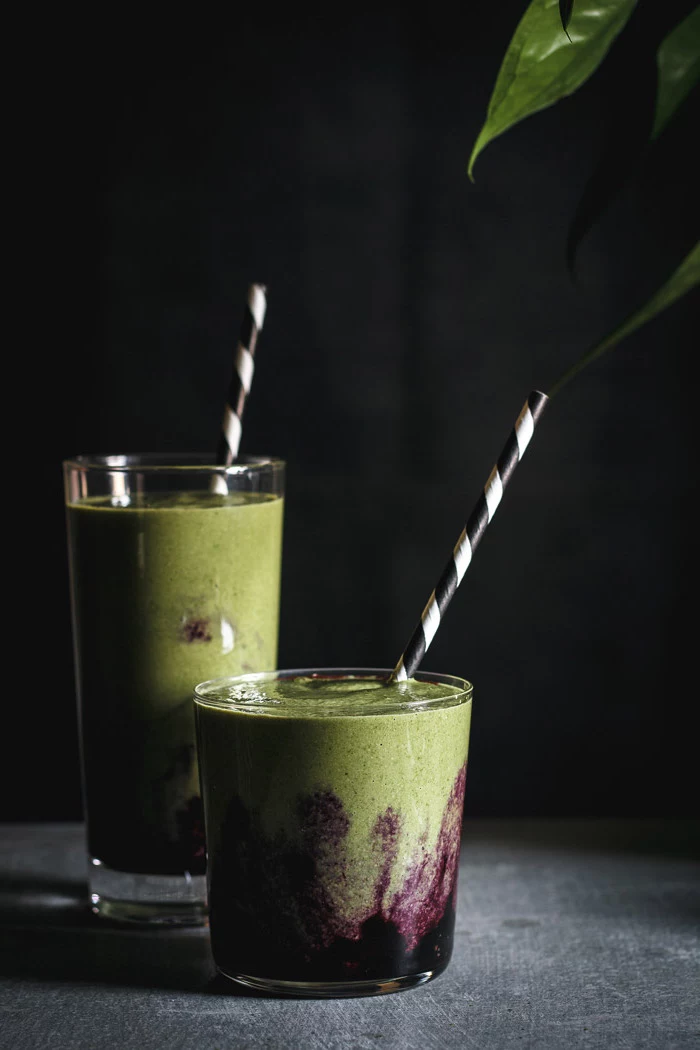
Step 1: The Liquid Base (about 1 to 1.5 cups)
This is your foundation. My pro tip? Start with just 1 cup of liquid. You can always add more at the end if it’s too thick, but you can’t take it away if it’s too thin.
- Water: Simple, hydrating, and zero calories. A perfect choice if your other ingredients are already creamy and flavorful.
- Dairy Milk: An easy way to get a head start on protein (about 8 grams per cup) and calcium.
- Unsweetened Plant Milks: A great dairy-free option, but you have to read the labels. They are NOT all created equal. Unsweetened almond milk is low-cal but has almost zero protein. Soy milk is the champ, offering a protein profile similar to dairy. Oat milk is super creamy but higher in carbs. Always, always get the unsweetened version to avoid hidden sugars.
- Kefir or Plain Yogurt: These are amazing. They add a nice tangy flavor, a solid dose of protein, and live probiotics for your gut. A half-cup of kefir with a half-cup of water is a fantastic combo for a thick, creamy base.
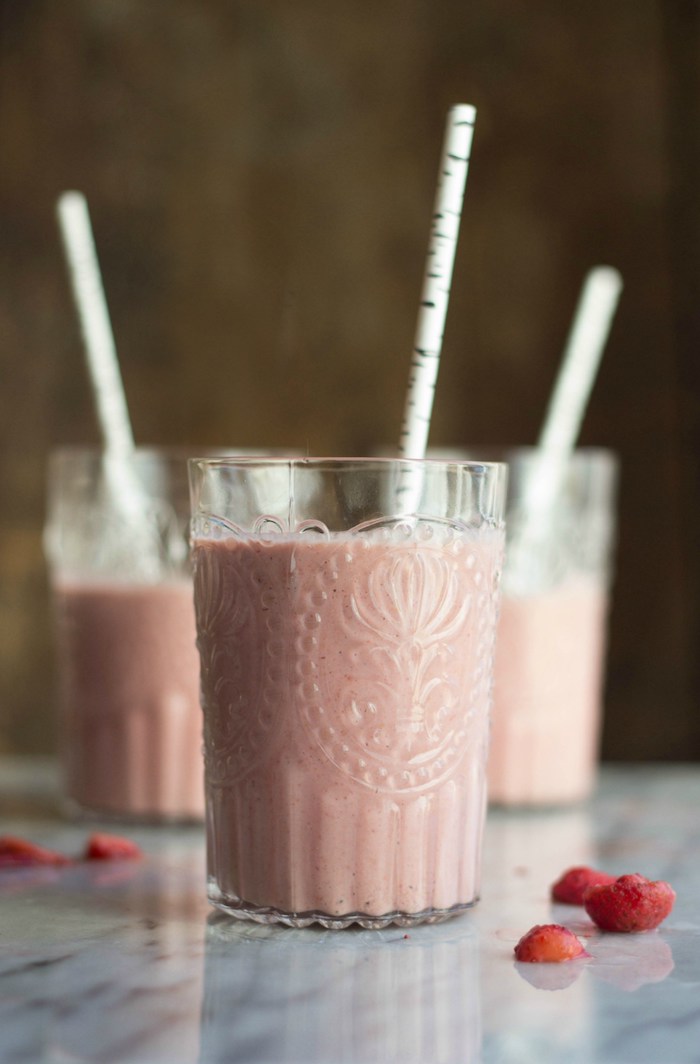
Step 2: The Protein Powerhouse (aim for 20-30 grams)
This is what makes your smoothie a real meal. To give you an idea, a single scoop of most protein powders has 20-25g, while you’d need about 1 cup of Greek yogurt to hit that same number.
- Protein Powders: The most straightforward way to get your protein in. Whey is great for post-workout, while casein is slower-digesting and keeps you full longer. For plant-based, look for a blend of pea, rice, or hemp. A huge piece of advice: buy unflavored powder. It gives you total control and helps you avoid the weird artificial sweeteners and chalky taste in many flavored versions. A good tub usually costs between $40 and $60 but should last you a month of daily smoothies.
- Plain Greek Yogurt: A whole-food powerhouse. A generous serving (about a cup) can get you 15-20 grams of protein. Go for plain 2% or full-fat for the best combo of fat and protein.
- Cottage Cheese: Don’t knock it ’til you’ve tried it! A half-cup has over 12 grams of protein and adds an incredible creaminess that balances the sweetness of fruit. I promise, you won’t taste it once it’s blended.
- Silken Tofu: The secret weapon for plant-based smoothies. It’s tasteless and blends into a silky-smooth texture, adding about 8-10 grams of protein per half-cup.
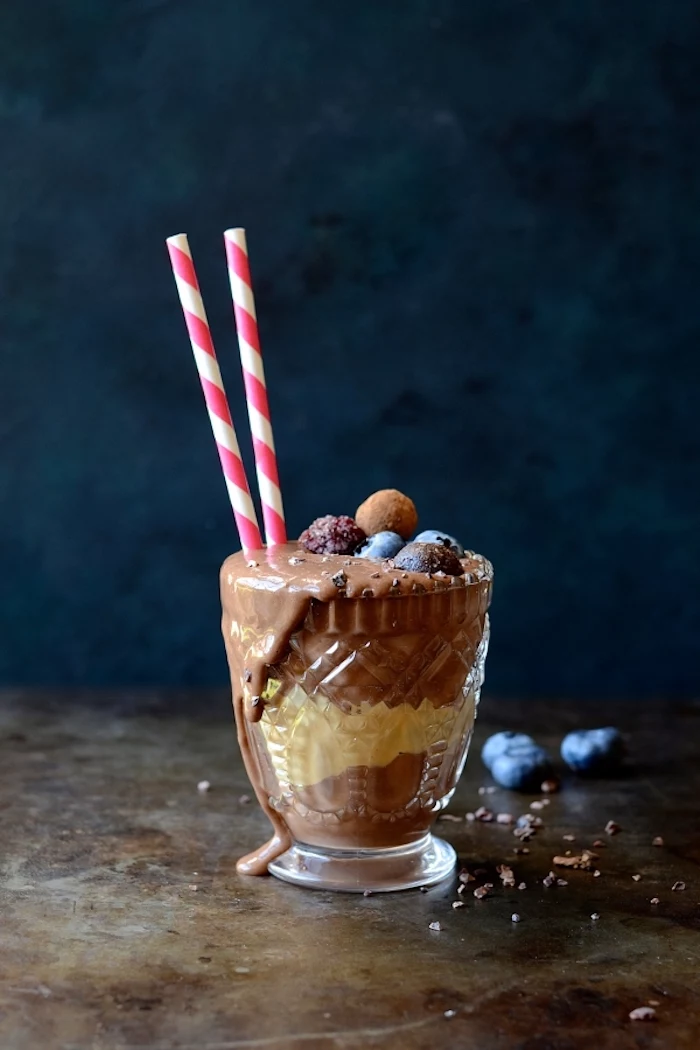
Step 3: Healthy Fats (1-2 tablespoons)
This is for long-lasting energy and absorbing all those good vitamins.
- Avocado: The king of smoothie fats. A quarter of an avocado makes your smoothie incredibly creamy.
- Nut Butters: A tablespoon of almond, peanut, or cashew butter works wonders. Just check the label—the only ingredients should be nuts and maybe salt. No added sugars or oils!
- Seeds: Chia, flax, and hemp seeds are tiny but mighty. Two tablespoons of chia seeds pack in fiber, omega-3 fats, and a little protein. Quick tip: use ground flax seeds, as your body can’t absorb the nutrients from whole ones.
Step 4: Fiber & Greens (1-2 big handfuls)
This is where you load up on micronutrients. A lesser-known trick: blend your greens (like spinach) with your liquid first, before adding anything else. This completely pulverizes them and prevents you from getting leafy chunks in your final drink.
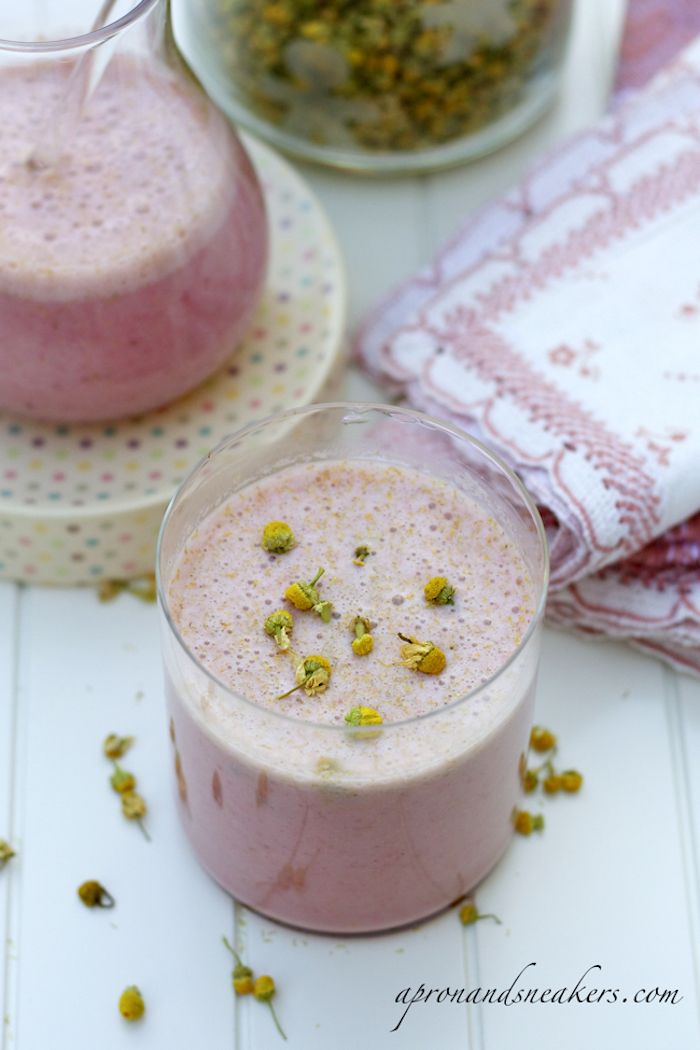
- Spinach: The perfect starter green. Its flavor is so mild you’ll never know it’s there.
- Kale: More nutritious but also more bitter. Make sure you rip the leaves off the tough center stalk.
- Frozen Zucchini or Cauliflower: Here’s an advanced move. Steamed and then frozen chunks of zucchini or cauliflower add amazing thickness and fiber with ZERO taste. It’s a great way to add bulk without more sugar.
Step 5: Fruit for Flavor (1/2 cup is a great starting point)
Fruit brings natural sweetness and energy. Good to know: using frozen fruit is key. It makes the smoothie cold and thick without using ice, which just waters everything down.
- Low-Sugar Choices: Berries are your best friend. Strawberries, blueberries, and raspberries are loaded with antioxidants and are gentler on your blood sugar. A big bag of frozen mixed berries from Costco or your local grocery store is a great investment.
- Higher-Sugar Choices: Banana, mango, and pineapple are delicious and creamy, but they are very sweet. Use them more sparingly. Maybe just a half-banana instead of a whole one, especially if you’re watching your sugar intake.
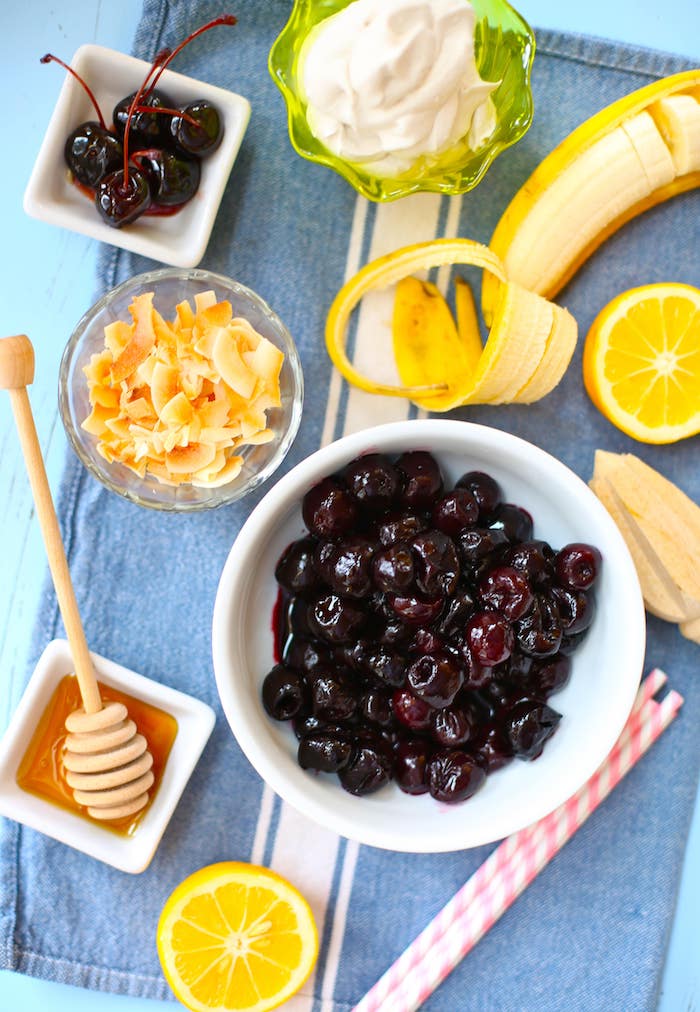
A Few Go-To Recipes to Get You Started
Seeing the formula in action helps. Here are two of my personal favorites.
My Go-To Morning Fuel Smoothie:
This is what I have on busy mornings. It’s balanced and keeps me full until lunch.
- 1 cup unsweetened almond milk
- 1 scoop unflavored or vanilla protein powder (about 20g protein)
- 1 tbsp almond butter
- 1 big handful of spinach
- 1/2 cup frozen mixed berries
- 1 tbsp chia seeds
The Post-Workout Recovery Smoothie:
This one has a bit more carbohydrate to help replenish your energy stores after exercise.
- 1 cup water
- 1 scoop whey or plant-based protein powder (about 25g protein)
- 1/2 frozen banana
- 1 handful of kale (stem removed)
- 1 tbsp ground flax seed
- A dash of cinnamon (helps with blood sugar regulation!)
Let’s Talk Budget & Time-Savers
Smoothies can get expensive if you’re not careful. But they don’t have to be. To save money, buy frozen fruit and greens in bulk. They last forever and are often cheaper than fresh. Instead of pricey chia seeds, you can use regular oats (about 1/4 cup) for a great fiber boost at a fraction of the cost.
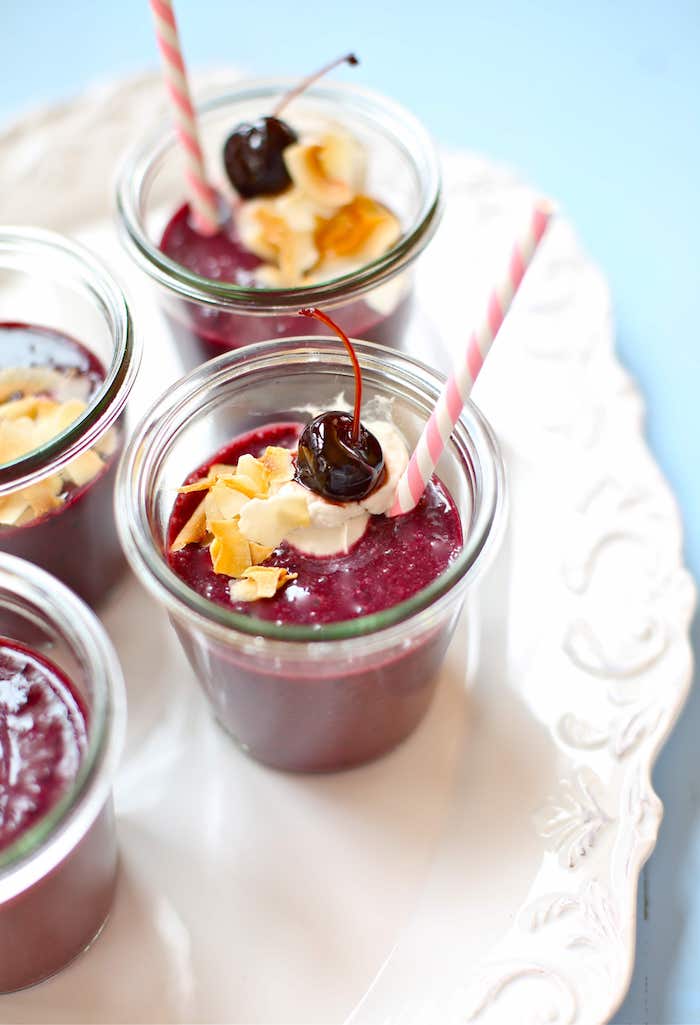
By the way, here’s the best time-saving hack ever: make freezer smoothie packs. On Sunday, get out 5 sandwich bags. Into each bag, put your fruit, greens, seeds, and protein powder for one smoothie. Store them in the freezer. In the morning, all you have to do is dump one bag into the blender, add your liquid, and blend. It takes about 90 seconds. You can’t beat that.
Common Smoothie Problems and How to Fix Them
Even with the perfect formula, things can go wrong. Here are some quick fixes.
- “My smoothie is gritty!” This is usually from either protein powder that doesn’t dissolve well or seeds. The fix? Blend your liquid and powder together first for a good 30 seconds before adding anything else. If it’s seeds, try soaking your chia or flax seeds in the liquid for 5-10 minutes before blending.
- “It’s way too thick/thin!” Easy one. Too thick? Add more liquid, a splash at a time. Too thin? Add a few chunks of frozen fruit, a spoonful of oats, or a few cubes of frozen avocado.
- “My protein powder tastes like chalk.” Ah, the classic problem. This is why I recommend unflavored powder. You can control the taste with fruit, a dash of vanilla extract, or a pinch of cinnamon. If you’re stuck with a flavored powder you hate, try adding a tablespoon of rich-tasting nut butter or a quarter of an avocado to mask the flavor with healthy fat and creaminess.
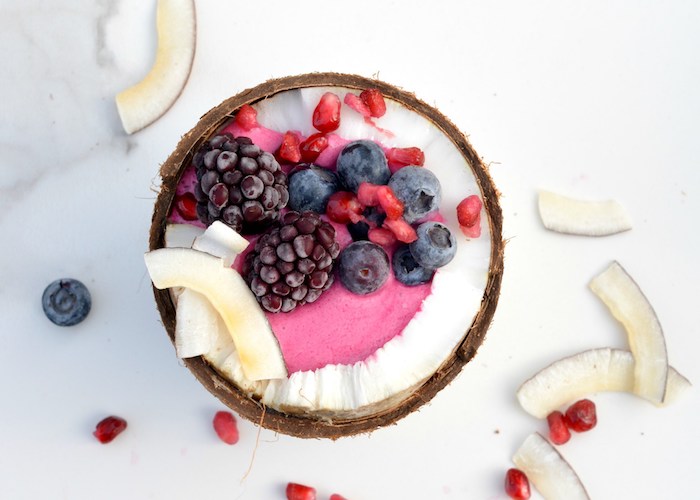
Do You Need a Super Expensive Blender?
So, do you really need a $500 high-powered blender? The honest answer is… no, but it helps. A Vitamix or a Blendtec will turn anything, even kale stems and nuts, into a silky-smooth liquid. They’re amazing.
However, a standard blender (like a Ninja or even a NutriBullet, which you can find for under $100) can absolutely get the job done. The trick is to blend in stages. Remember that tip about blending your liquid and leafy greens first? That’s essential for a less-powerful blender. Give it a good minute to liquefy the greens before adding your heavier frozen ingredients.
A Quick Word on Produce Quality
When it comes to sourcing, you do what you can. If you can afford organic for everything, great! If not, it’s helpful to know where to prioritize your spending. A group of scientists puts out a guide every year that’s super useful. They test produce for pesticide residue and create two lists: the “Dirty Dozen” (the fruits and veggies with the most pesticides) and the “Clean Fifteen” (the ones with the least). I always suggest looking up the latest list. It helps you decide when to spend the extra money on organic—like for spinach and berries—and when you can save by buying conventional, like with avocados.
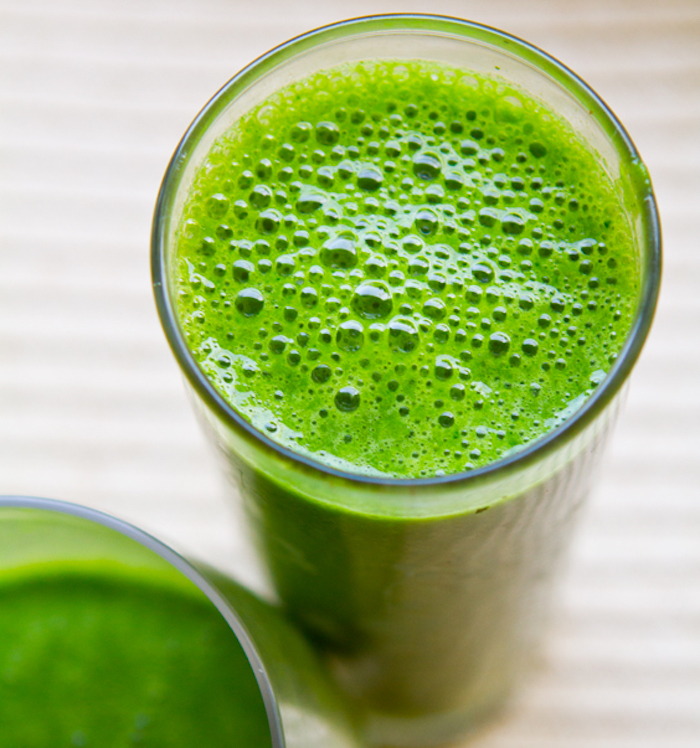
Inspirational Gallery
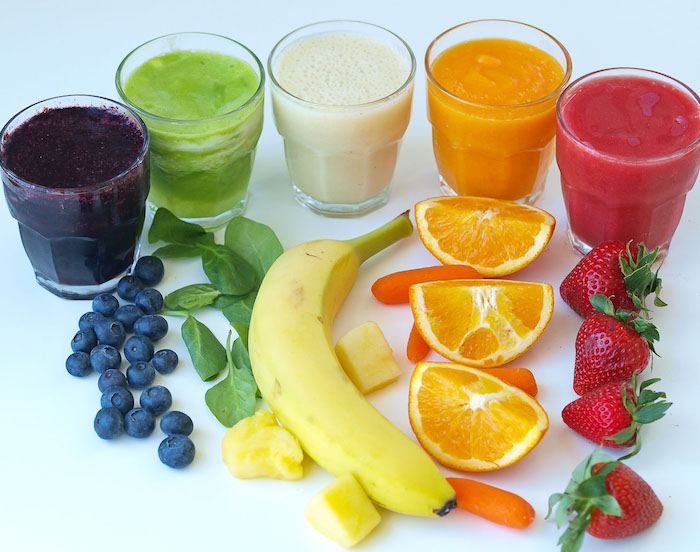
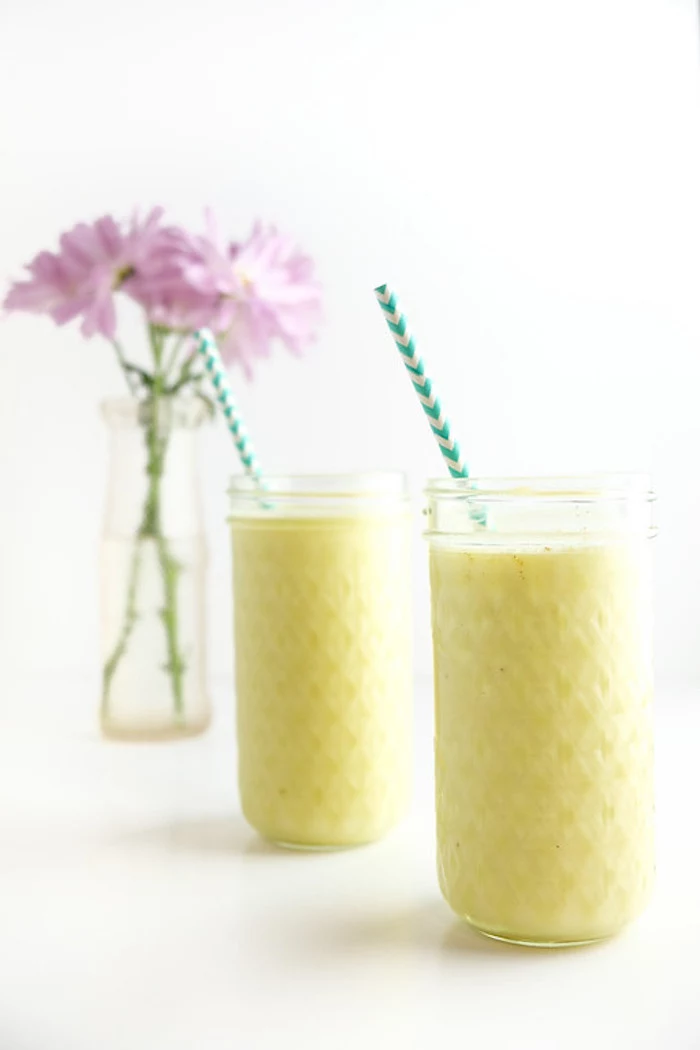
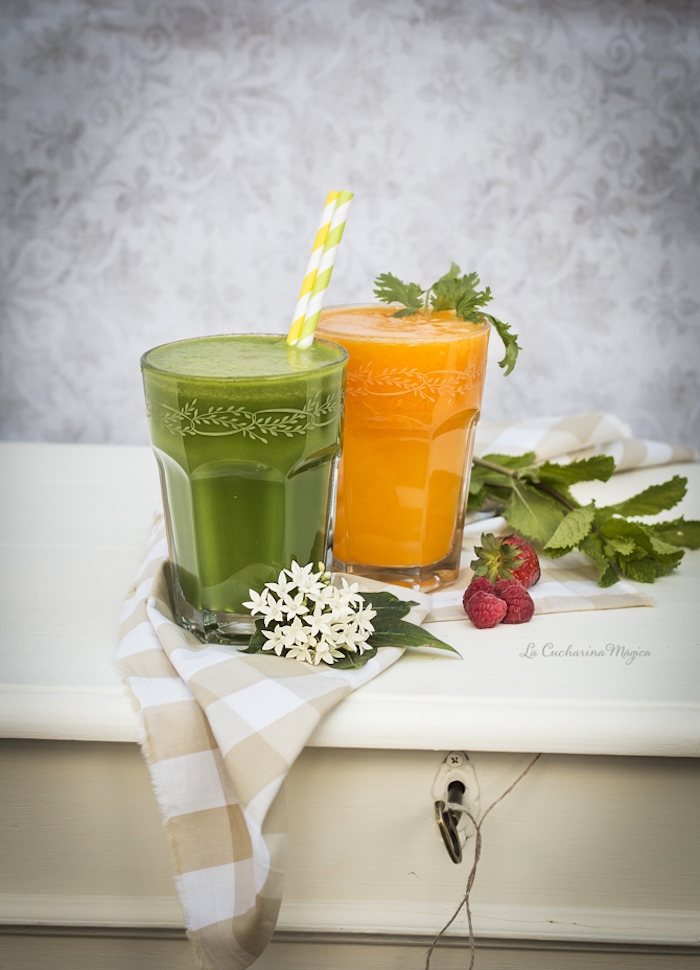
The average blender runs at over 20,000 RPM, which is faster than the engine of a Formula 1 car.
This incredible speed is what breaks down tough cell walls in ingredients like spinach and kale, releasing their nutrients for easier absorption. It’s not just mixing; it’s high-speed cellular extraction, which is why a good blender can make your healthy ingredients even more bioavailable.
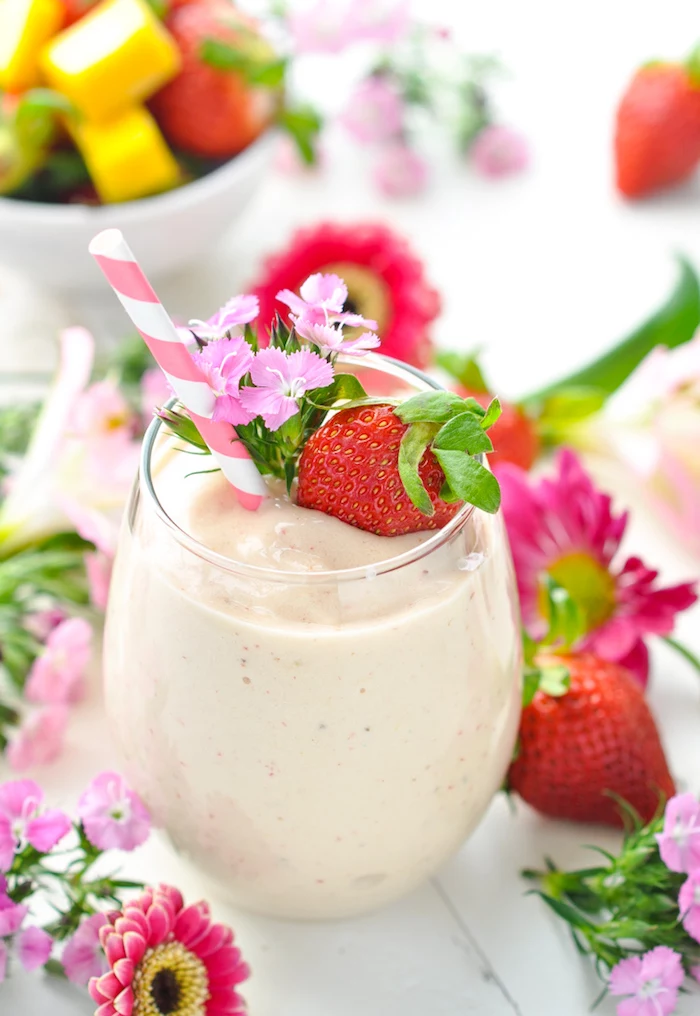
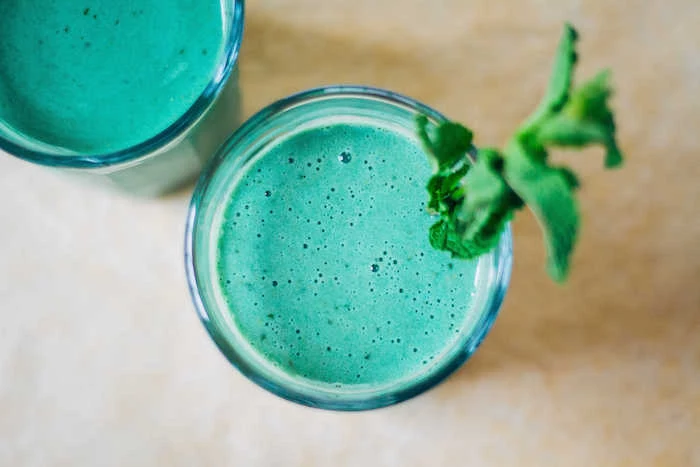
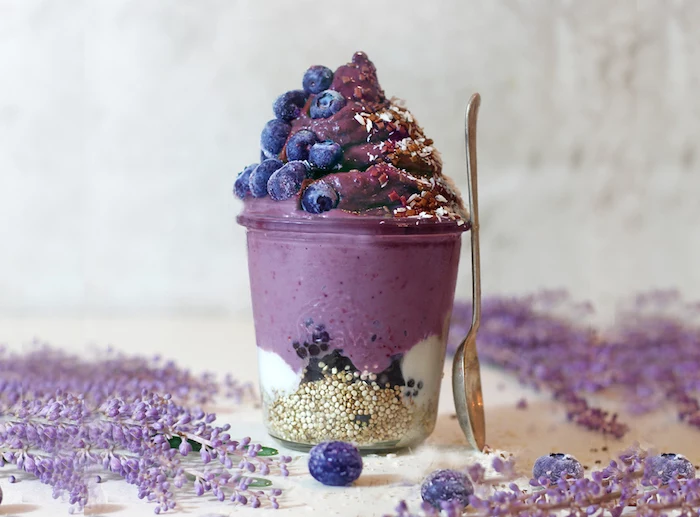
Vitamix: The powerhouse choice for the smoothest, silkiest textures. It pulverizes tough seeds, nuts, and fibrous greens without a hint of grit. Ideal for those who make smoothies daily and want professional-grade results.
Nutribullet: Perfect for single servings and smaller kitchens. It’s incredibly efficient for its size, handling most fruits and softer greens with ease, making it a fantastic entry point into the world of quality smoothies.
For ultimate texture, Vitamix wins, but for convenience and value, the Nutribullet is a champion.
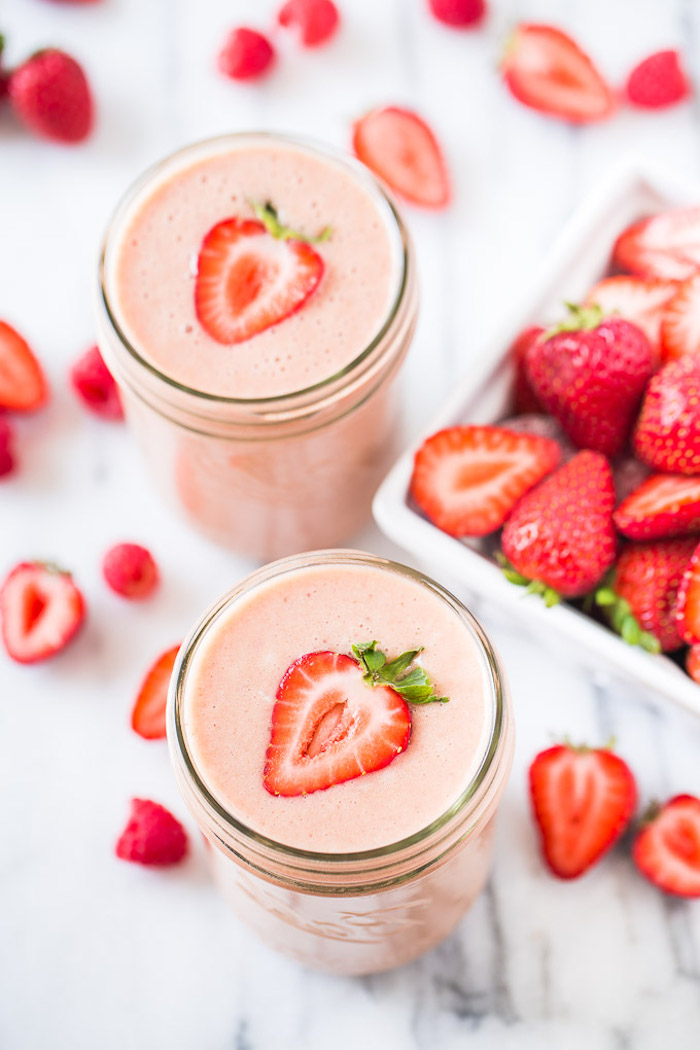
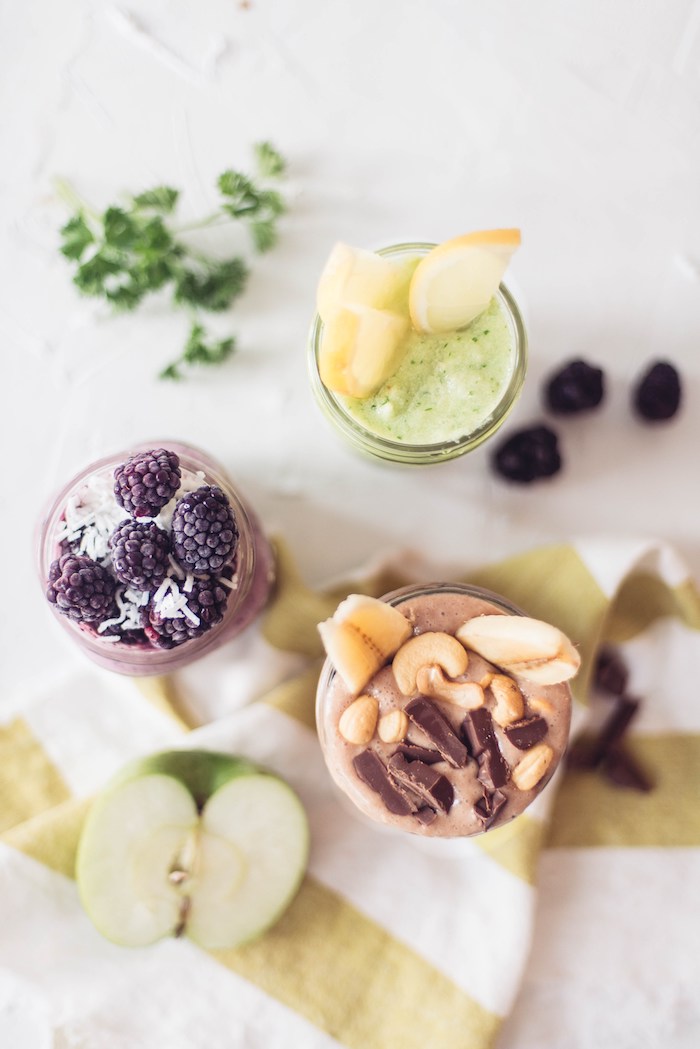

- A creamier, richer mouthfeel.
- Sustained energy without a sugar crash.
- Better absorption of fat-soluble vitamins (A, D, E, K).
The secret? Healthy fats. Don’t be afraid to add a quarter of an avocado, a tablespoon of almond butter, or a splash of coconut oil. Fat slows down sugar absorption, creating the feeling of fullness the article talks about.
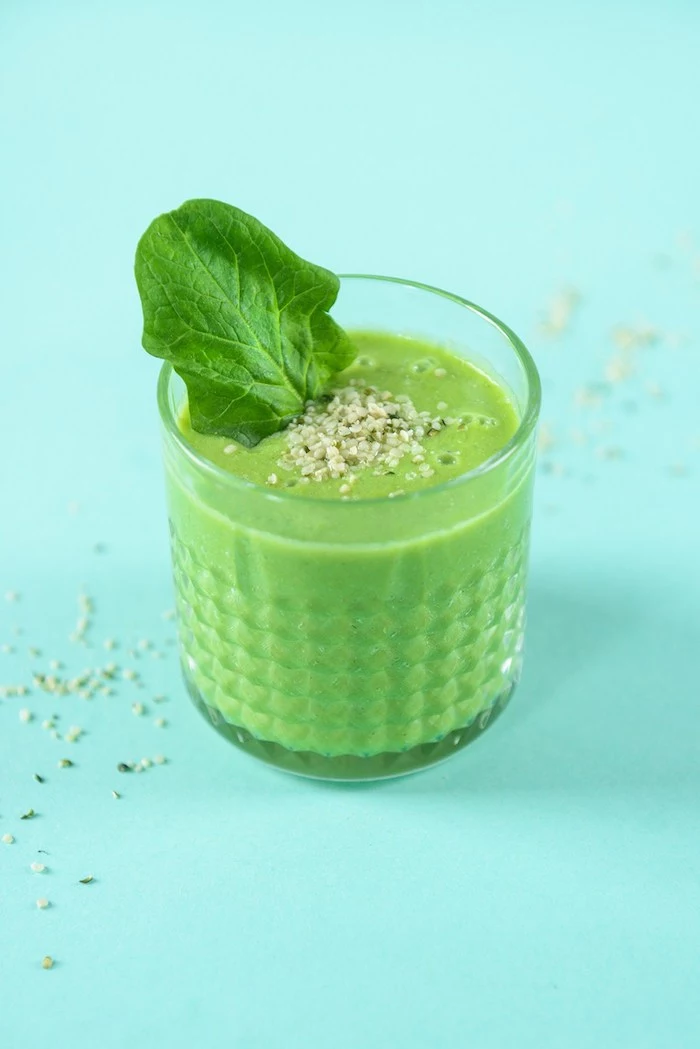
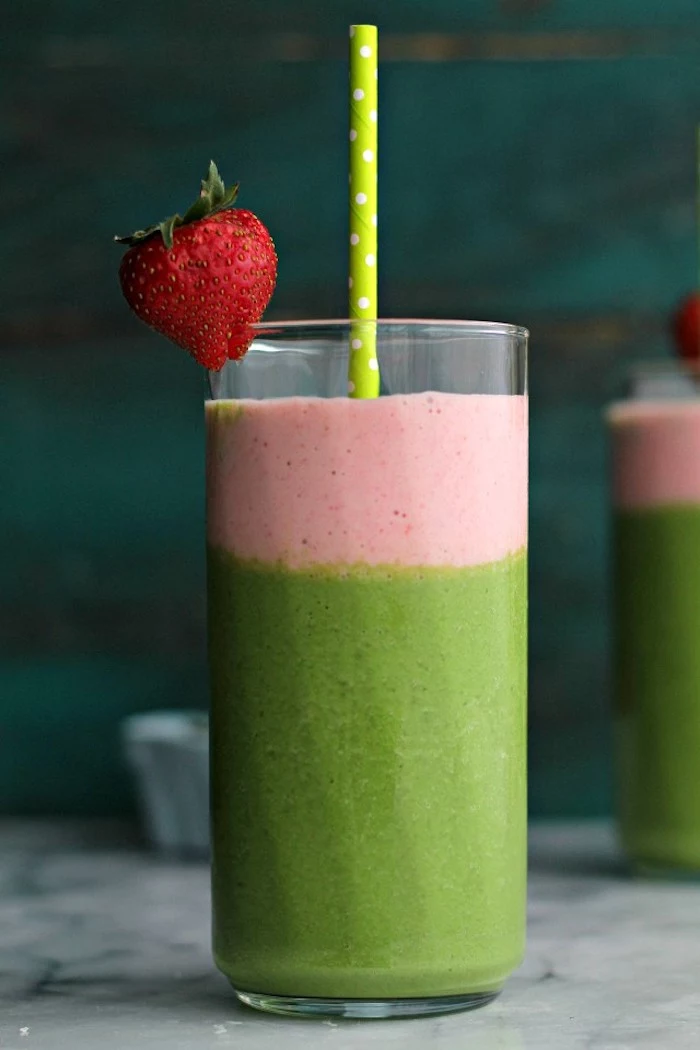
Tired of a watery, bland base? Your choice of liquid is a key player in both flavor and nutrition. Move beyond tap water and consider these upgrades:
- Unsweetened Almond Milk: Low in calories, it adds a subtle creaminess and nutty undertone. Brands like Califia Farms or Malk offer clean ingredient lists.
- Coconut Water: Excellent for post-workout smoothies, it’s packed with natural electrolytes like potassium. Look for brands with no added sugar, such as Harmless Harvest.
- Kefir: This fermented drink adds a tangy flavor and a powerful dose of probiotics for gut health.
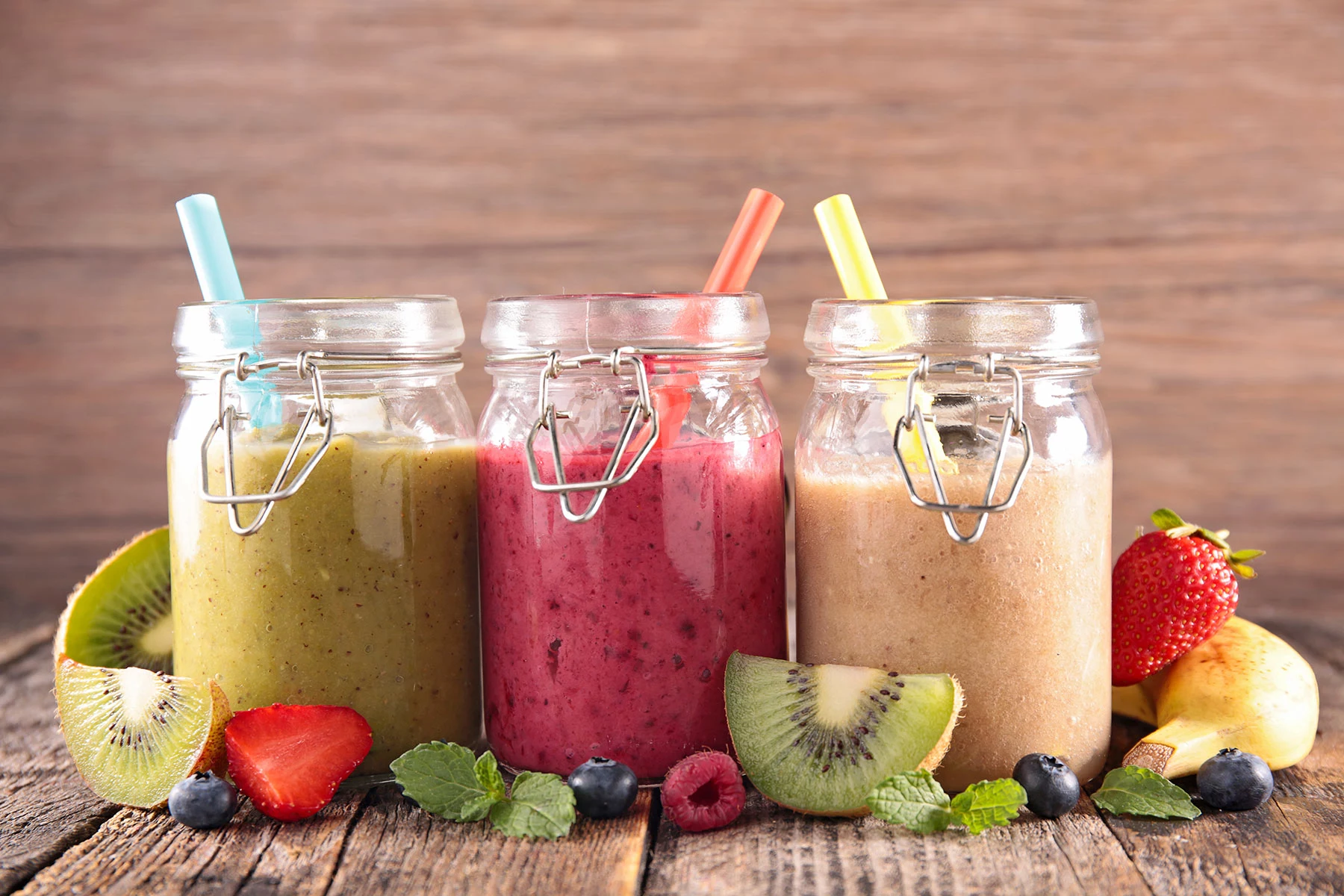
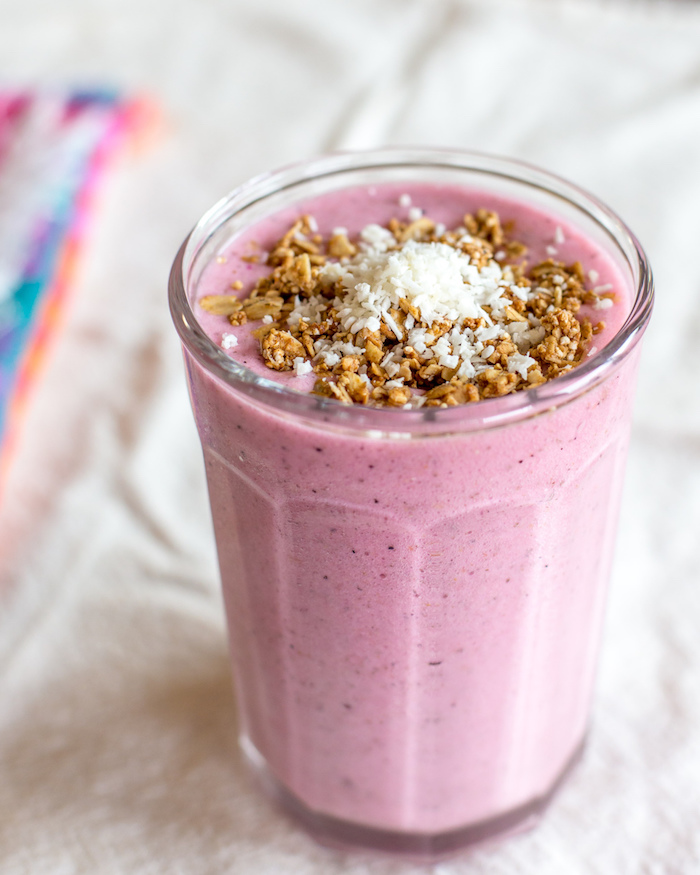
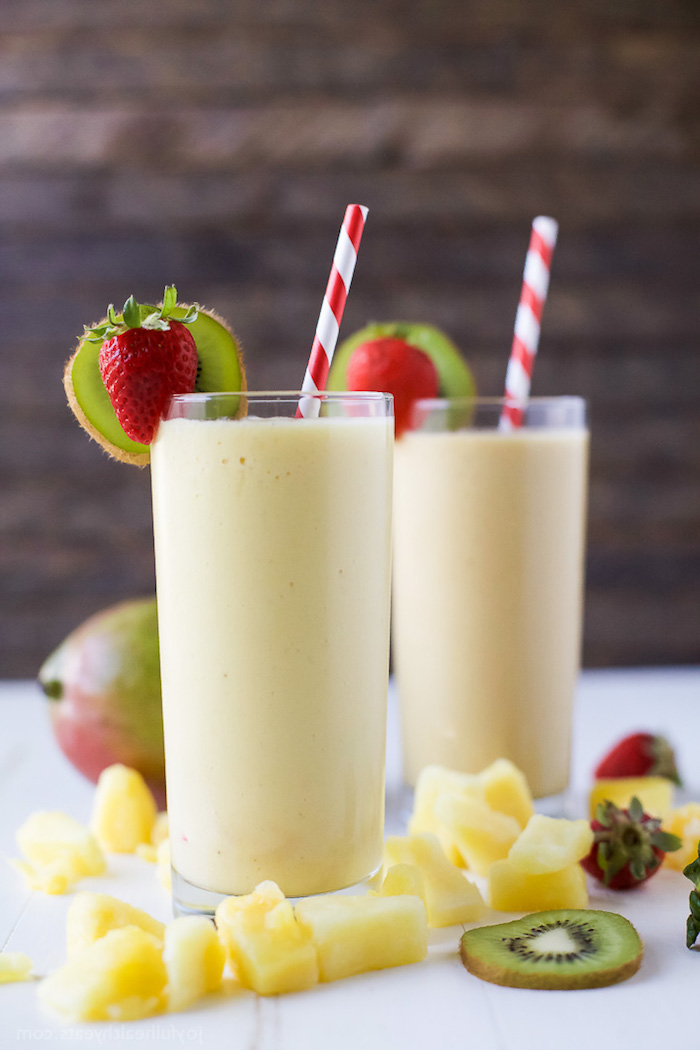
Don’t forget the spices: A pinch of cinnamon can help regulate blood sugar, a dash of turmeric (with black pepper) offers anti-inflammatory benefits, and a sprinkle of cardamom adds an exotic, warming flavor. Spices are a zero-calorie way to elevate your smoothie from simple fuel to a gourmet experience.
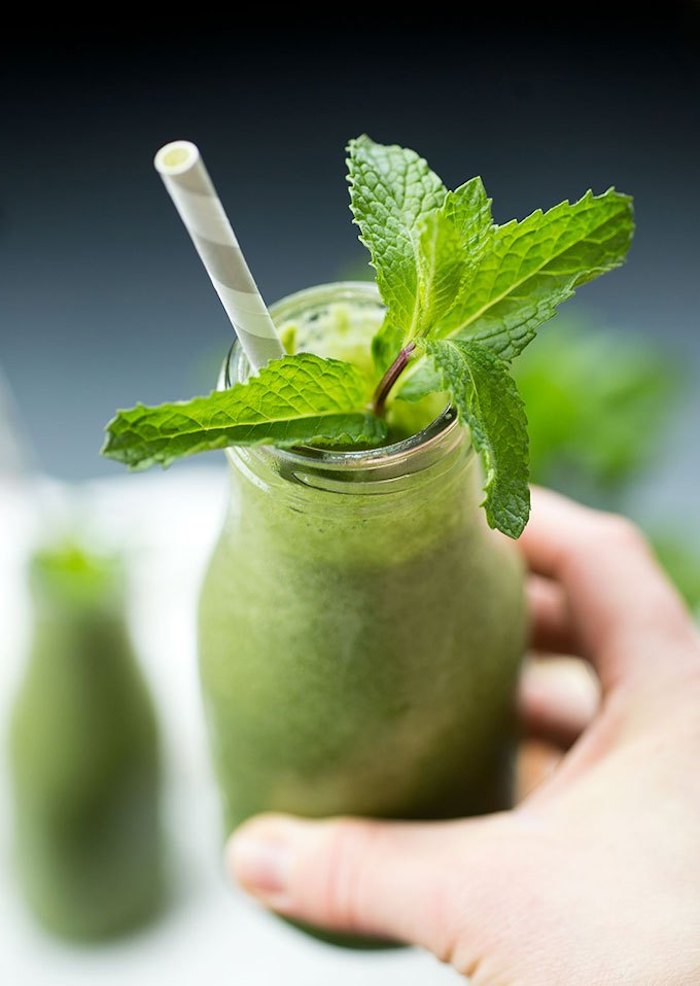
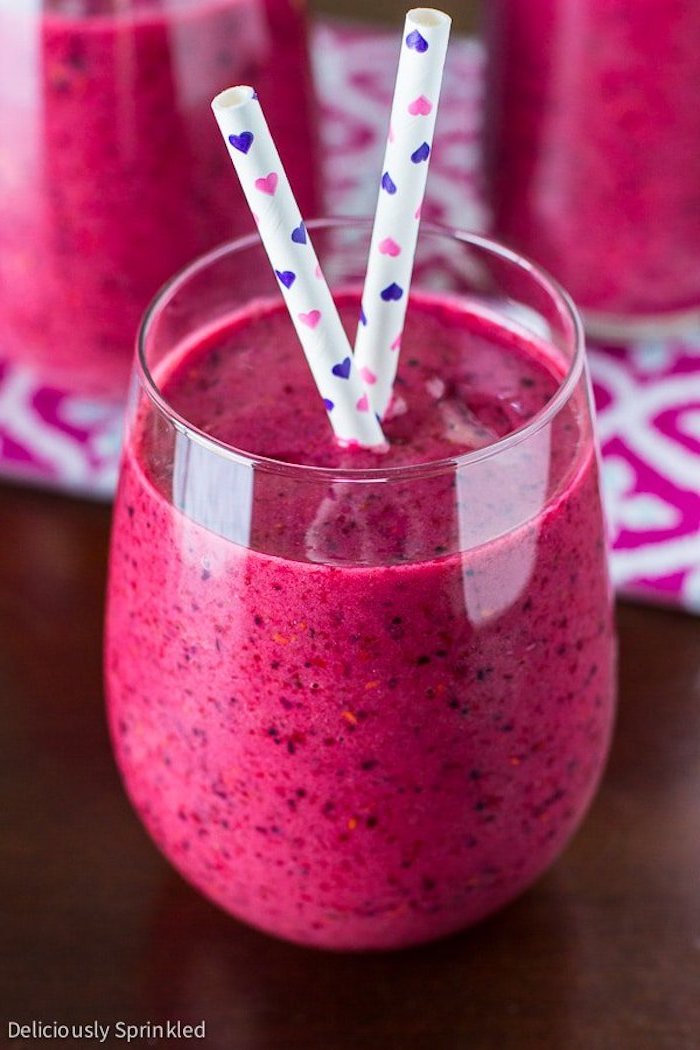
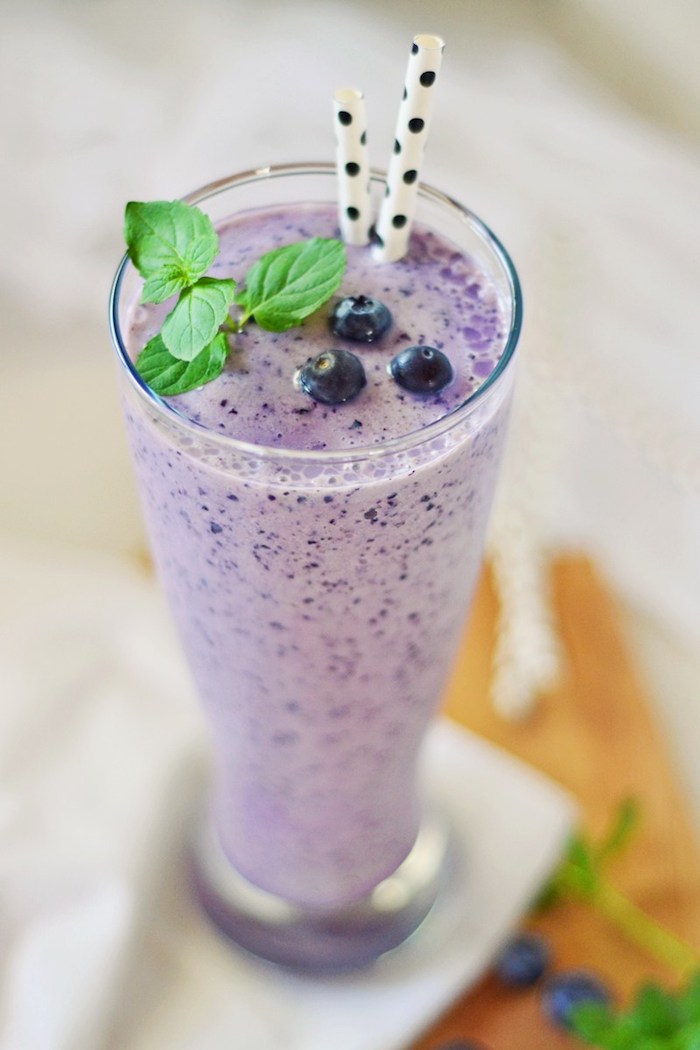
How do I get that vibrant green color without it tasting like lawn clippings?
The trick is to balance your greens with the right fruit. Baby spinach is the perfect starting point as it has a very mild flavor that’s easily masked. A handful of spinach can be completely hidden by the taste of a half-cup of pineapple or mango. For a bolder green, kale pairs wonderfully with tart green apples and a squeeze of lemon juice to cut the bitterness.
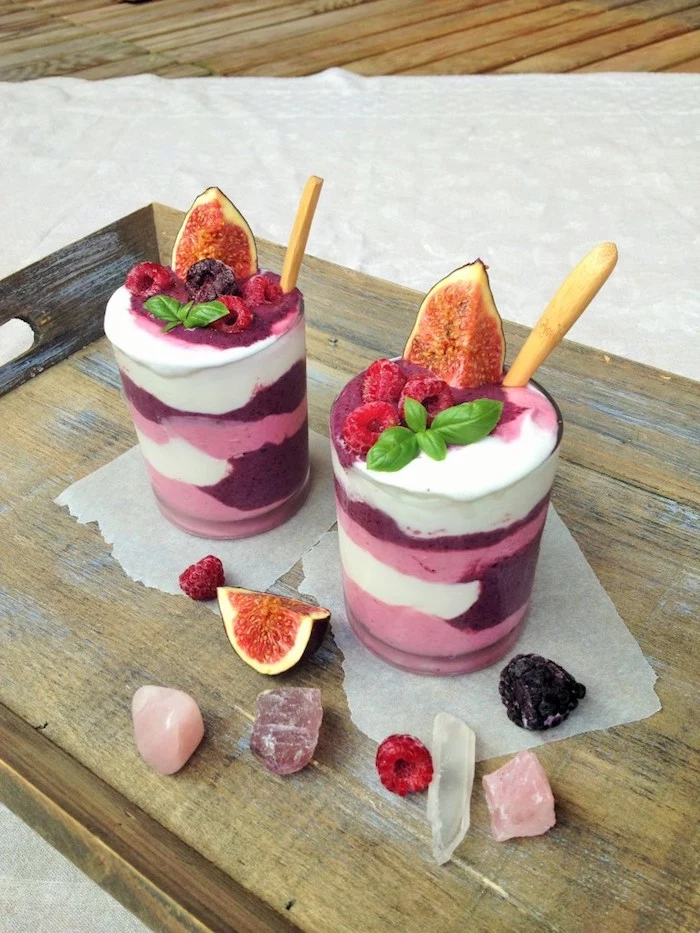

A single tablespoon of chia seeds contains about 5 grams of fiber, nearly 20% of the recommended daily intake.
When added to your smoothie, these tiny seeds absorb liquid and swell, forming a gel. This not only creates a thicker, more satisfying texture but also physically slows digestion, which is crucial for preventing the blood sugar spike from fruits and keeping you feeling full for hours.
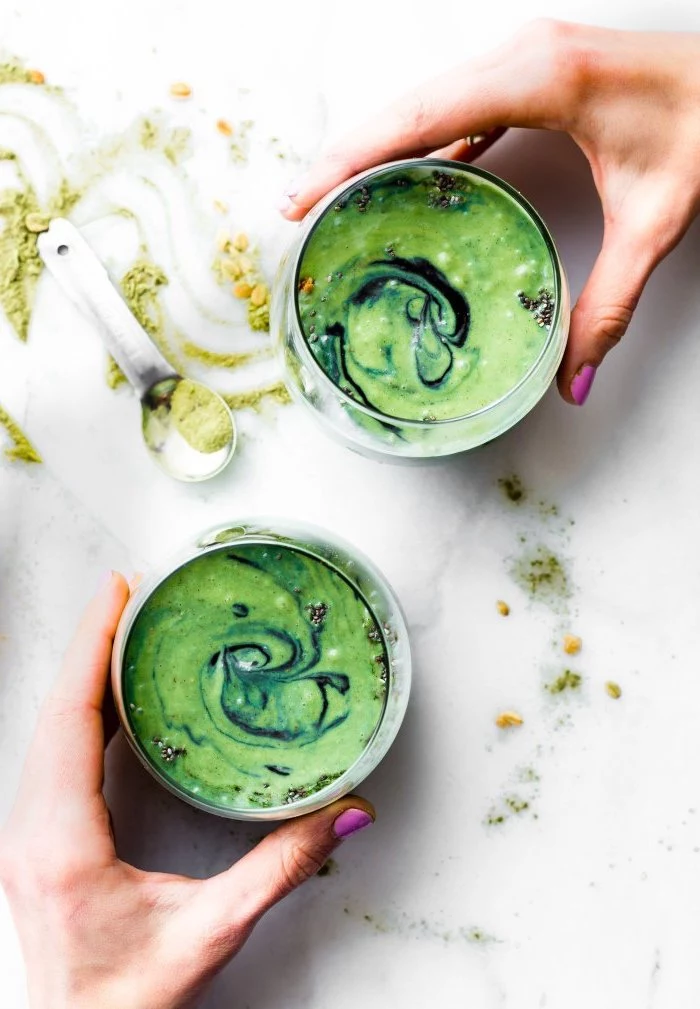
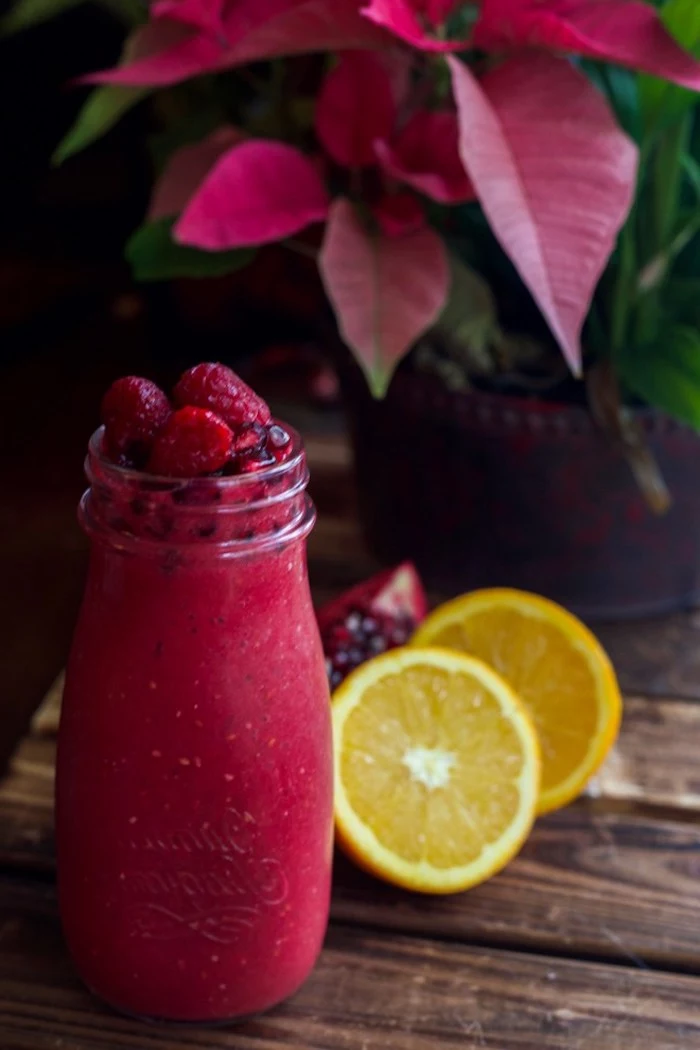
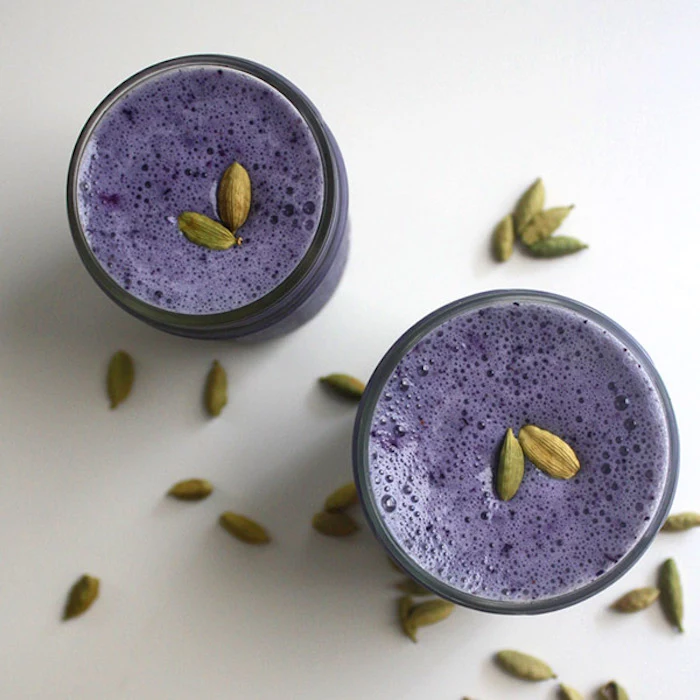
Embrace the freezer aisle. Not only is frozen fruit often cheaper than fresh, especially for out-of-season items like berries, but it offers a huge advantage: no ice needed. Using frozen fruit like bananas, mangoes, or strawberries creates a thick, creamy, ice-cream-like texture naturally, without watering down the flavor.
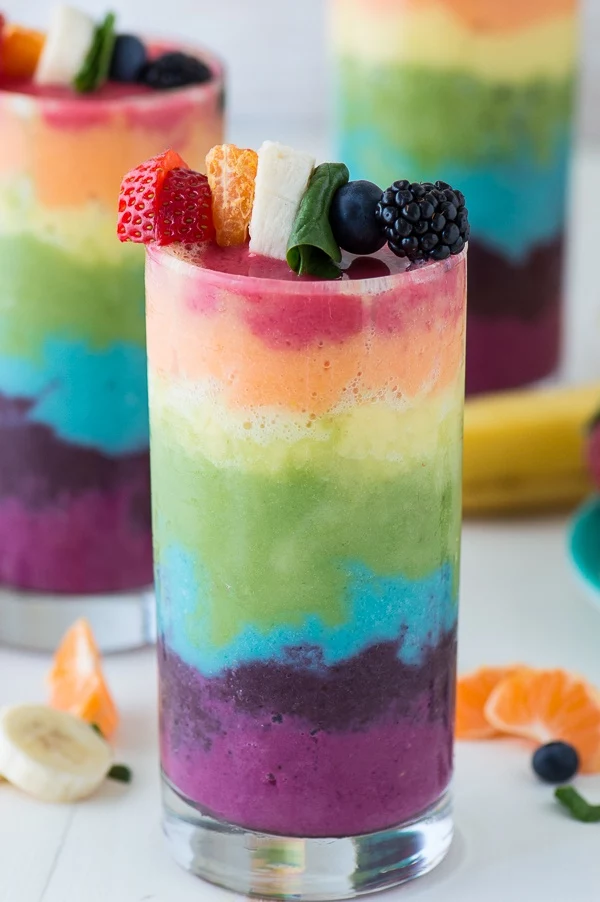
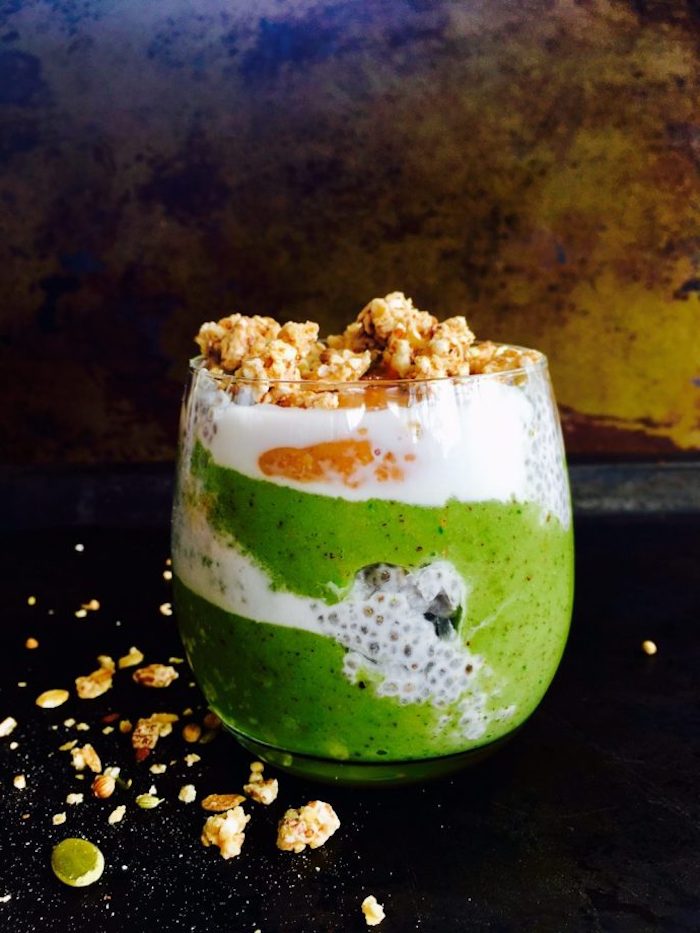
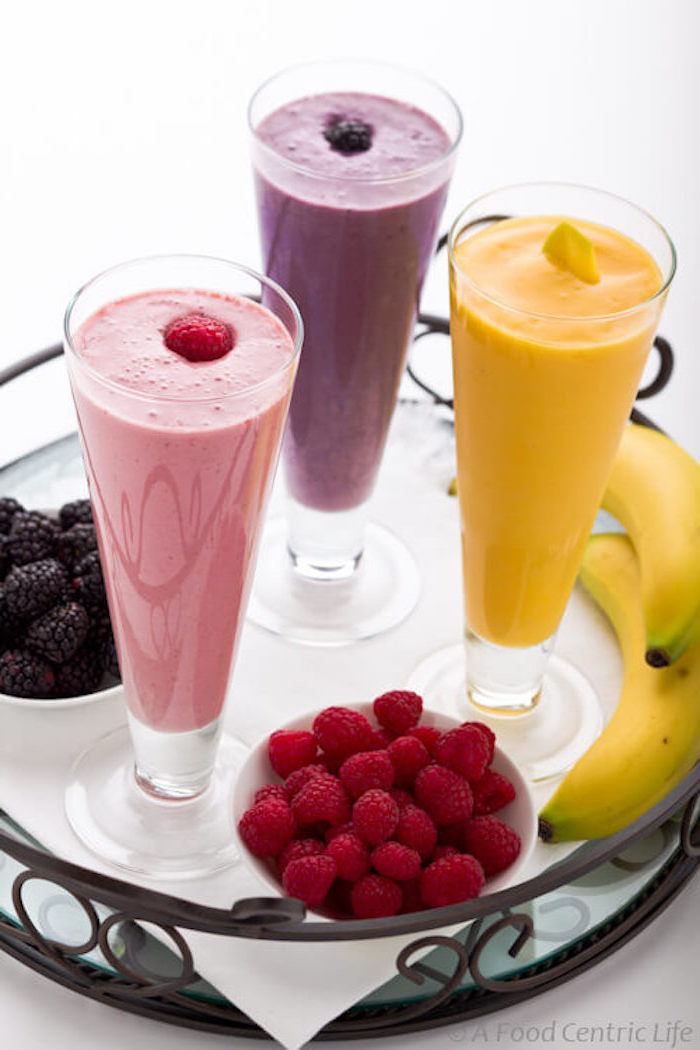
For an instant upgrade in creaminess and a dose of complete protein, consider adding hemp seeds (also called hemp hearts). Unlike some other plant proteins, they contain all nine essential amino acids. They have a mild, nutty flavor similar to sunflower seeds and blend beautifully, adding a luxurious texture without the grittiness of some protein powders. A great brand to try is Navitas Organics.

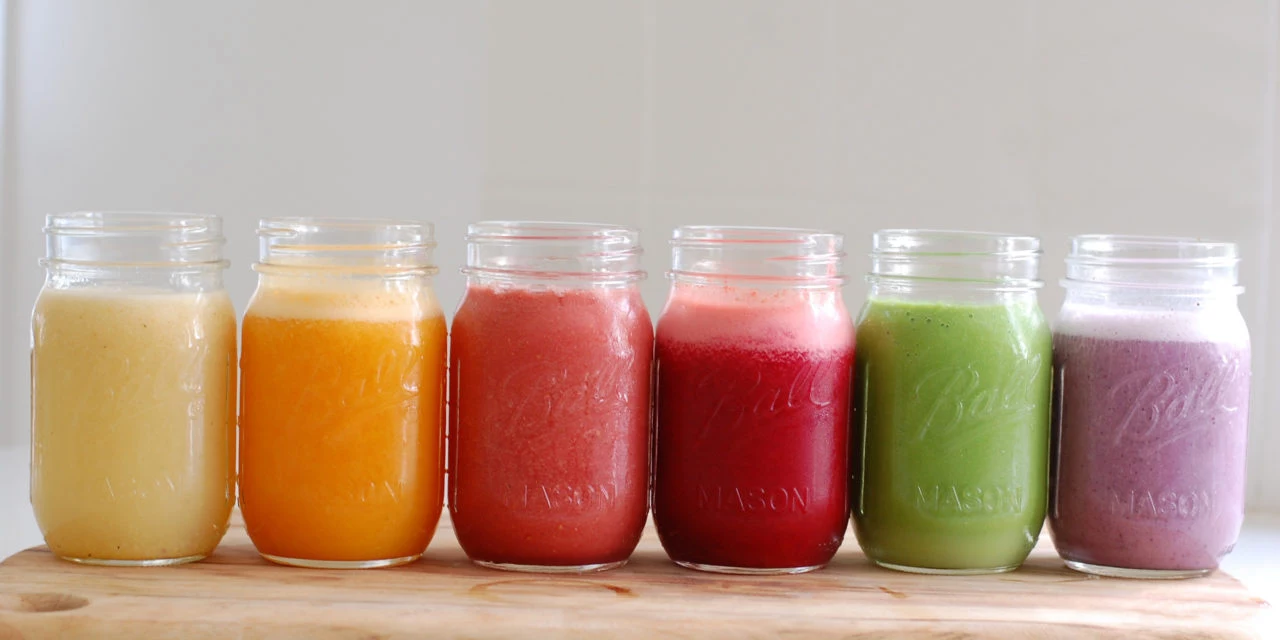
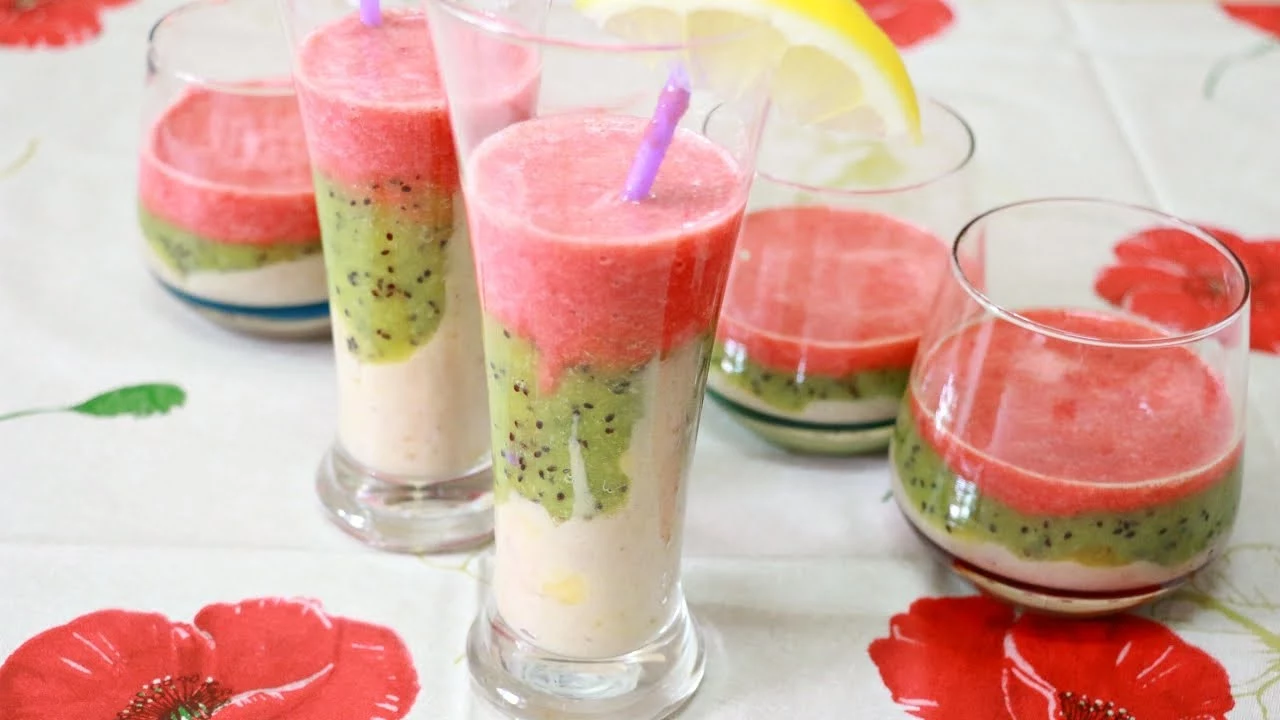
Create your own smoothie packs for frantic mornings. In a reusable bag or container, combine your solid ingredients for one smoothie: a handful of spinach, 1/2 cup of mixed berries, 1 tablespoon of chia seeds, and a scoop of your favorite protein powder. Make 5-7 packs on Sunday night. In the morning, just dump one pack into the blender, add your liquid, and blend. Healthy breakfast, zero weekday effort.
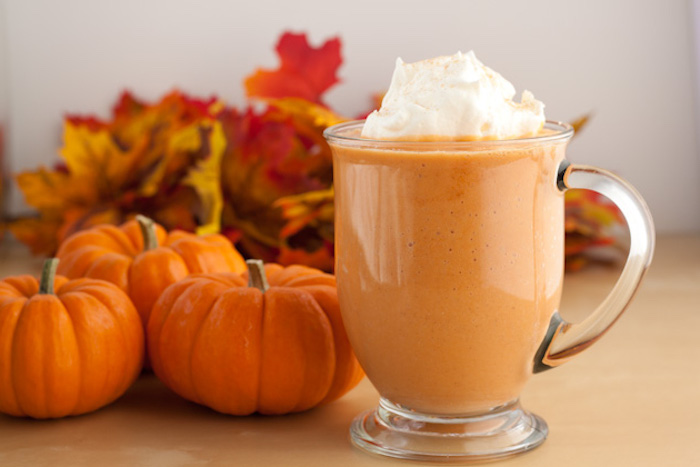
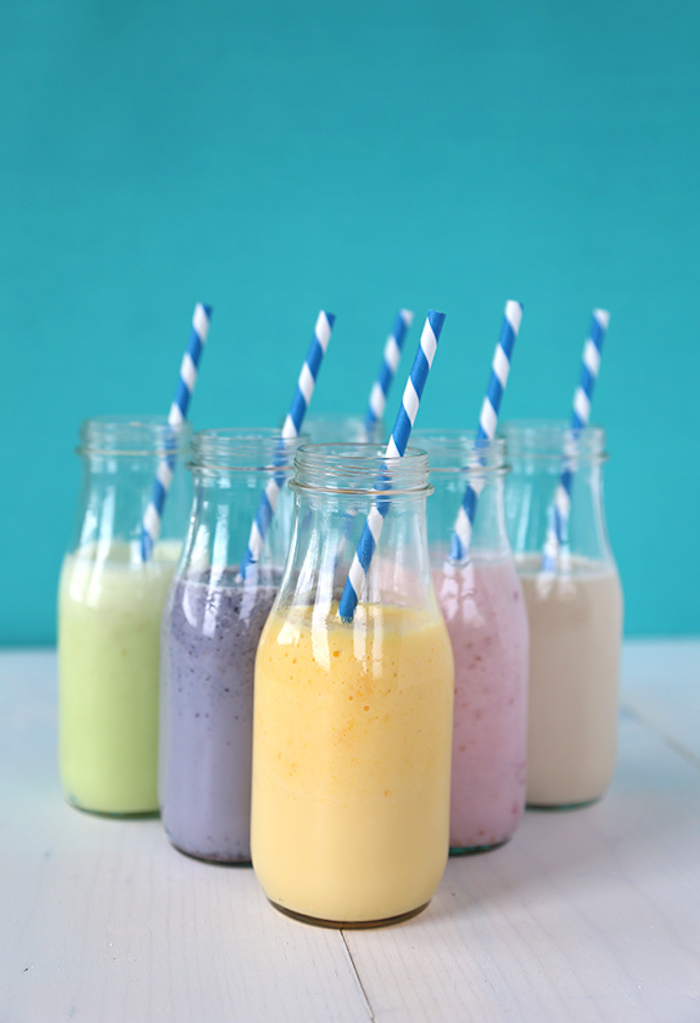
- For Energy: Maca powder, a root vegetable from Peru, is known for its ability to boost stamina and combat fatigue. It has a malty, caramel-like flavor that pairs well with banana and cacao.
- For Calm: Ashwagandha, a staple in Ayurvedic medicine, is an adaptogen prized for its stress-reducing properties. Its flavor is more earthy, so blend it with stronger tastes like cherry and almond butter.
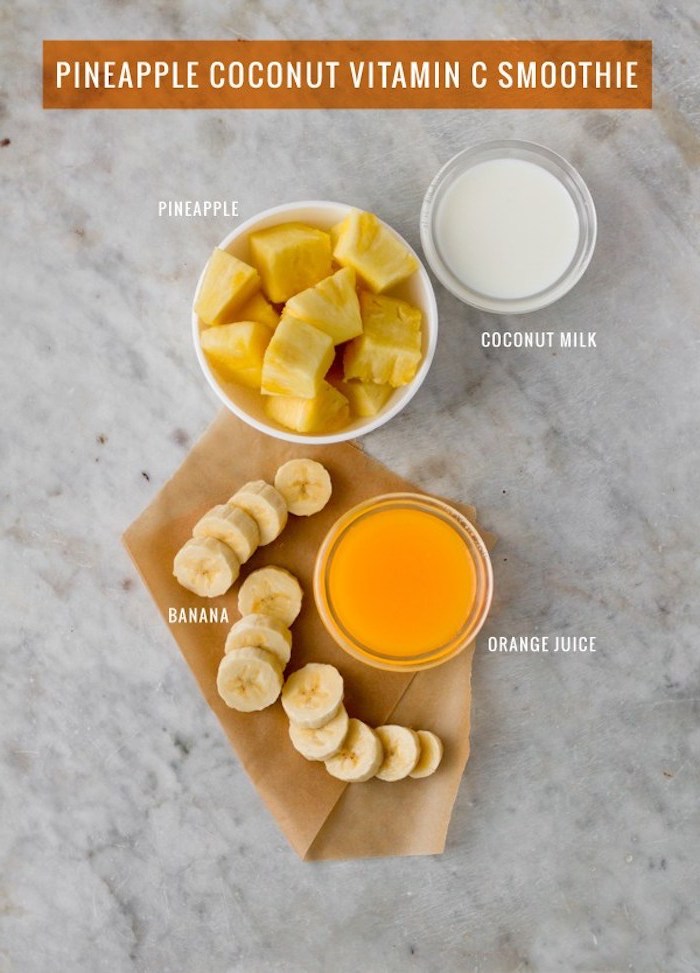
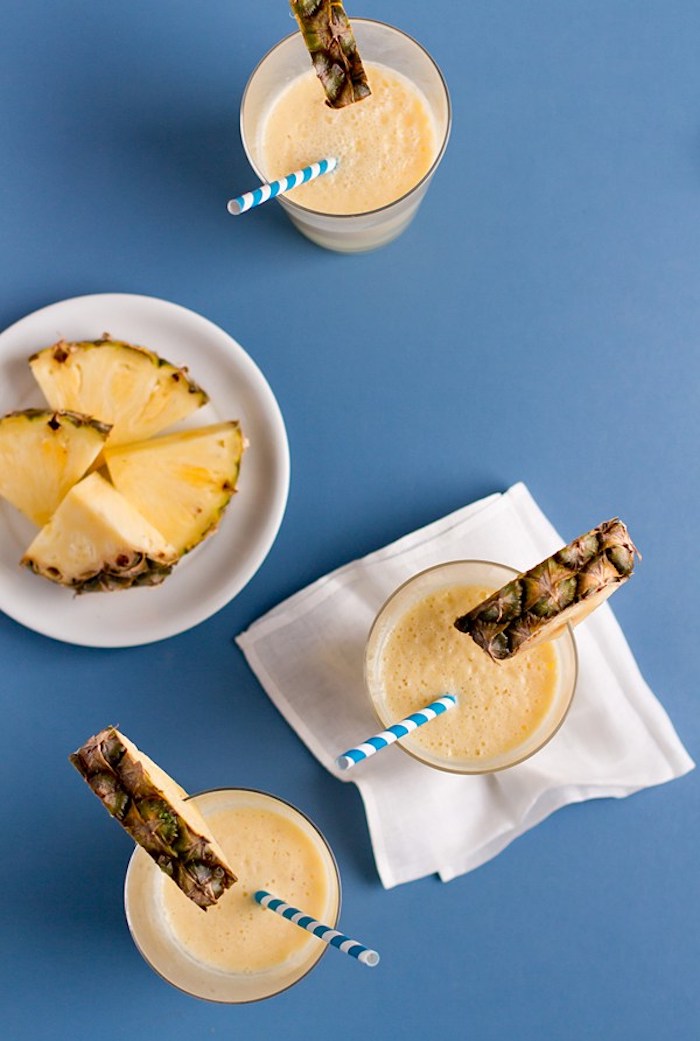
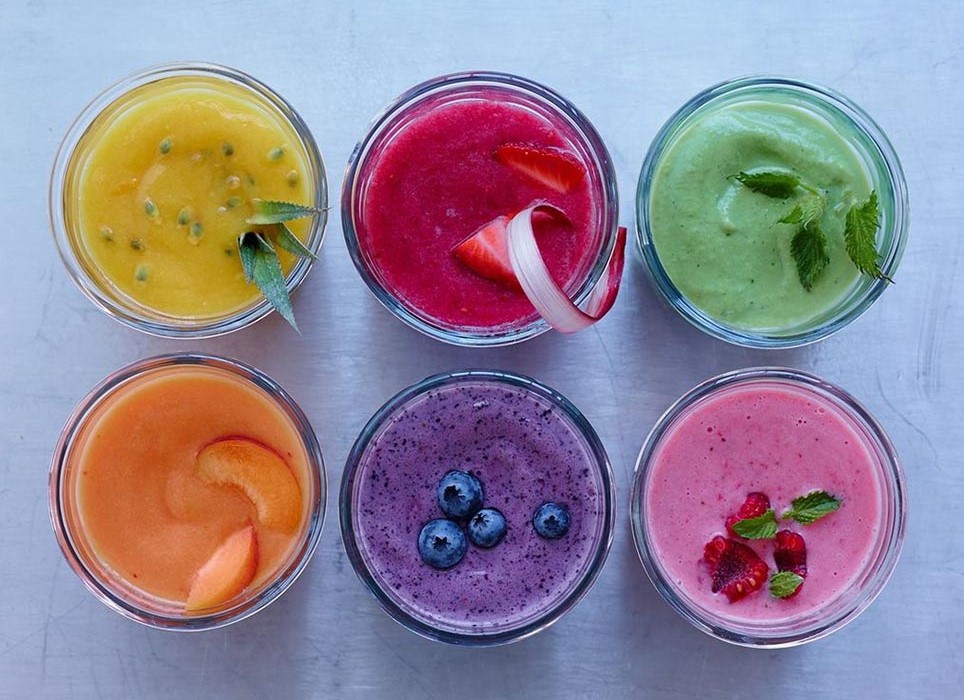
Over 40% of food in the United States goes to waste. A significant portion of that is fruits and vegetables that are slightly bruised or nearing their expiration date.
Your blender is a powerful tool against food waste. That slightly soft apple, the browning banana, or the spinach that’s starting to wilt? Don’t toss them. They are perfect candidates for a smoothie, allowing you to capture their nutrients before they end up in the bin.
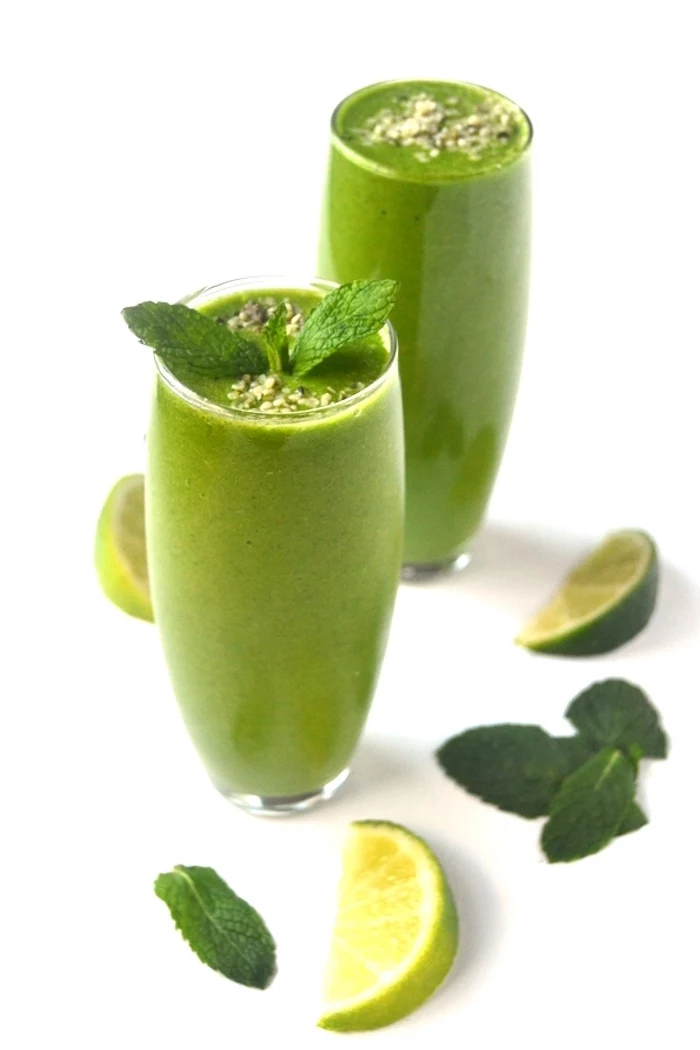
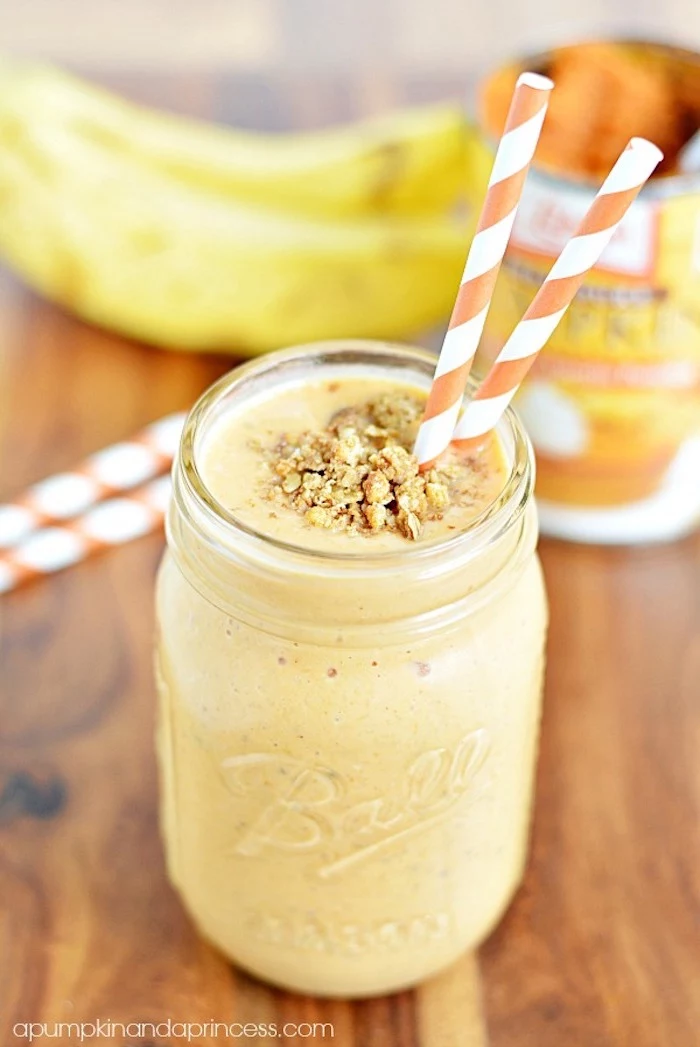
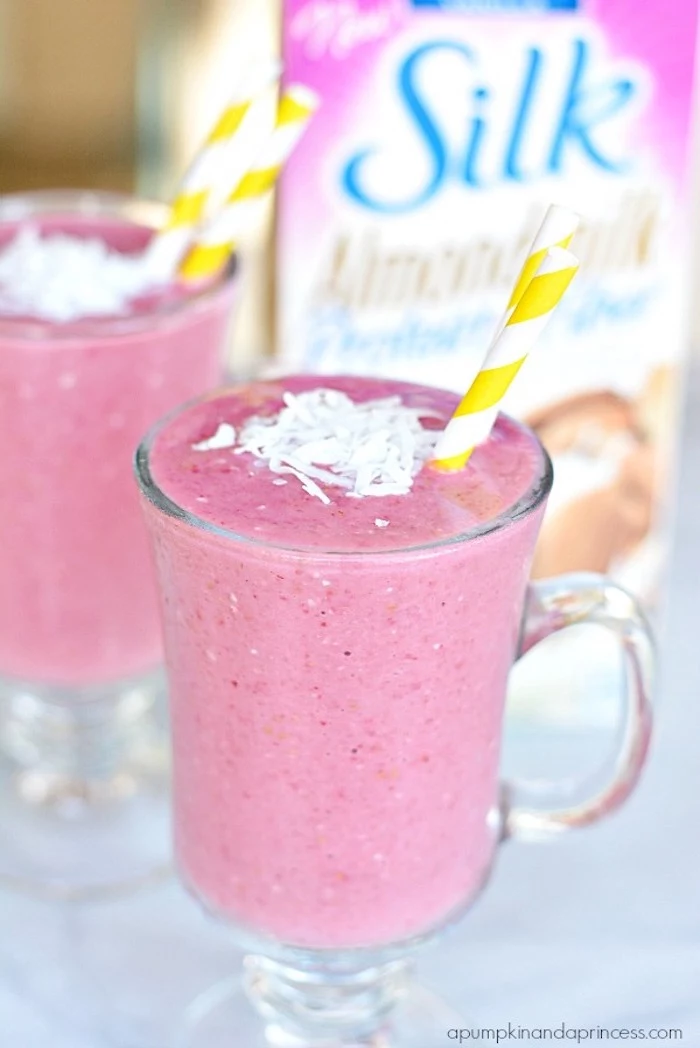
Can I make my smoothie the night before?
You can, but it’s a trade-off. While convenient, smoothies are best fresh. After a few hours in the fridge, some oxidation occurs, slightly reducing the potency of certain vitamins like Vitamin C. You may also notice separation. If you must prep ahead, store it in an airtight jar (like a mason jar) filled to the very top to minimize air contact, and give it a vigorous shake before drinking.
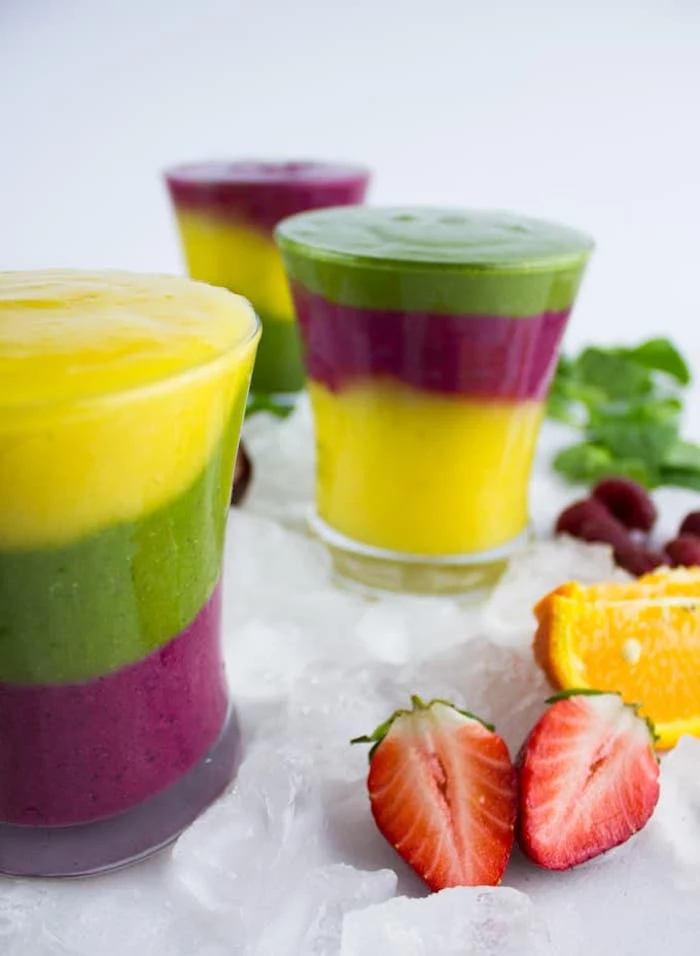
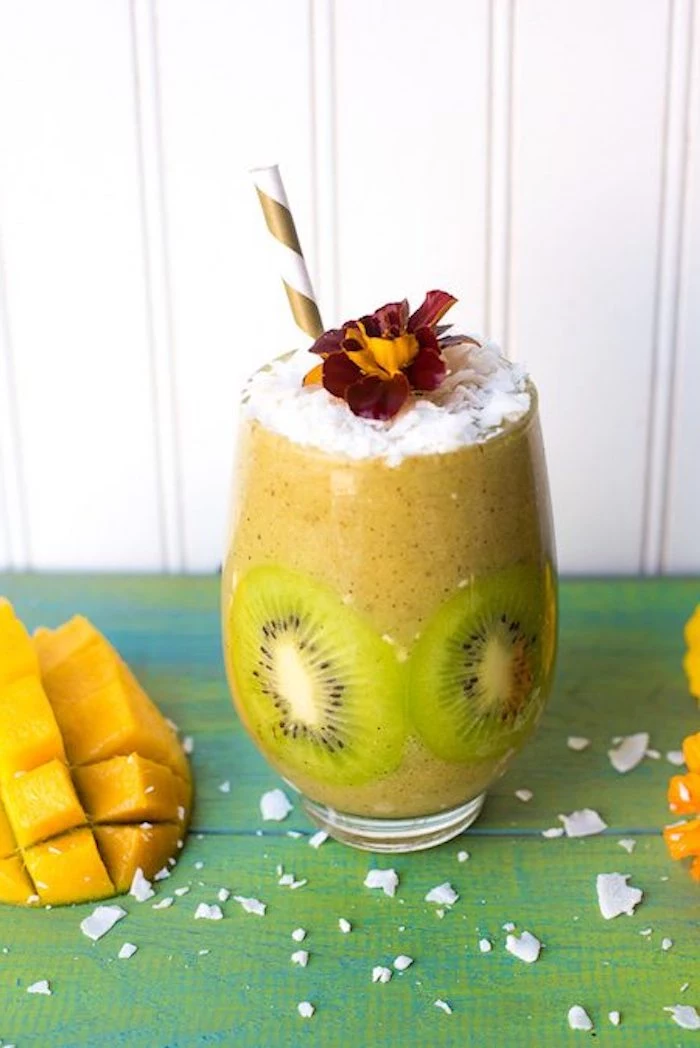
The Grit Problem: Nothing ruins a smoothie faster than a sandy, gritty texture. To achieve a silky-smooth blend every time, follow this order: add your liquids first, then soft ingredients like greens and yogurt, and finally, your hard, frozen items and powders. This creates a vortex that pulls the solids down, ensuring everything gets perfectly pulverized.
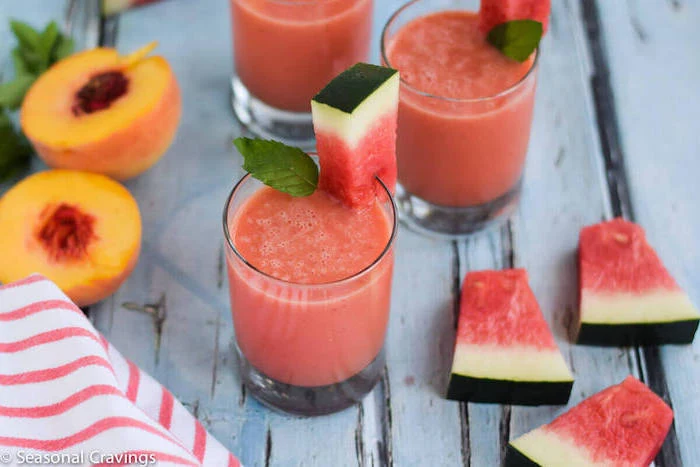
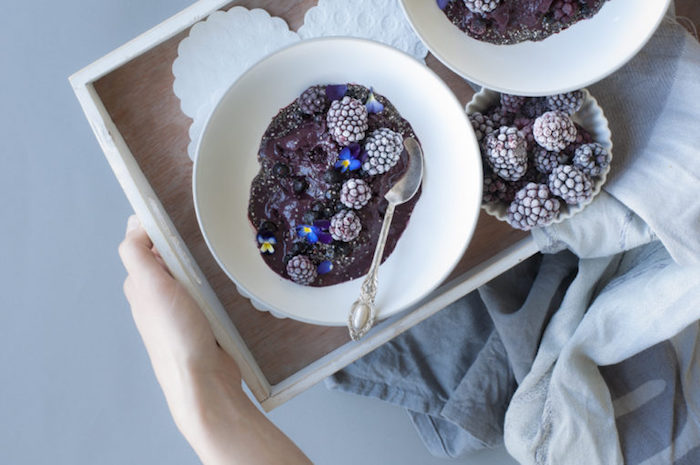
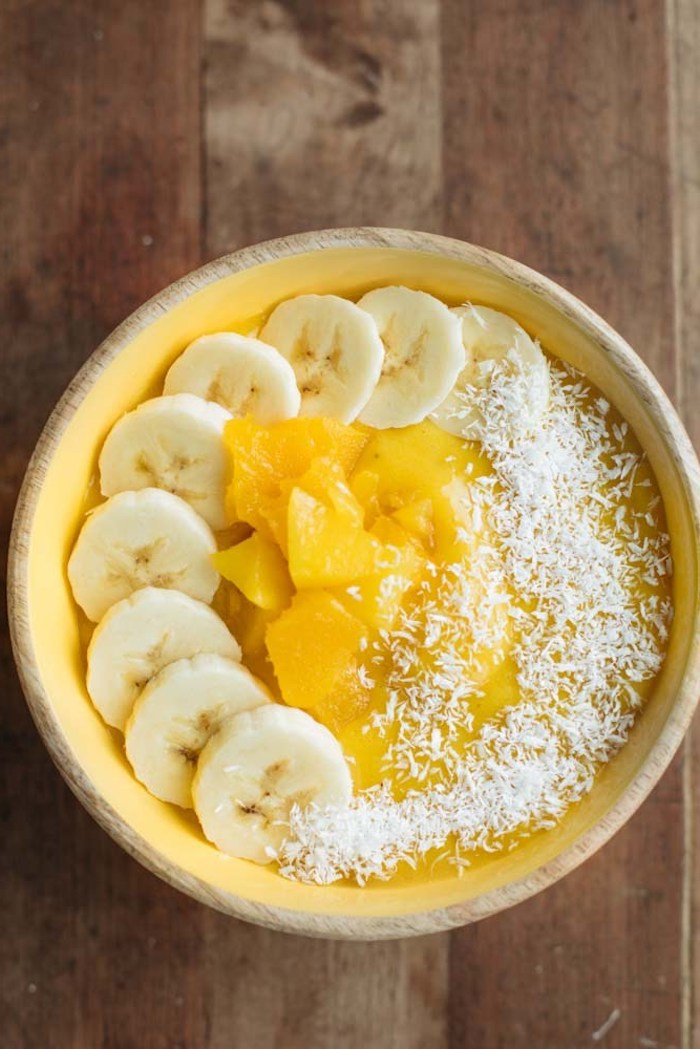
Whey Protein: A fast-absorbing dairy-based protein, ideal for post-workout muscle recovery. It’s a complete protein and blends easily. Best for those without dairy sensitivities who prioritize muscle repair.
Collagen Peptides: Sourced from connective tissue, it’s virtually flavorless and dissolves perfectly. While not a complete protein for muscle building, brands like Vital Proteins are excellent for supporting skin, hair, and joint health.
Choose whey for muscle, collagen for beauty and joints.
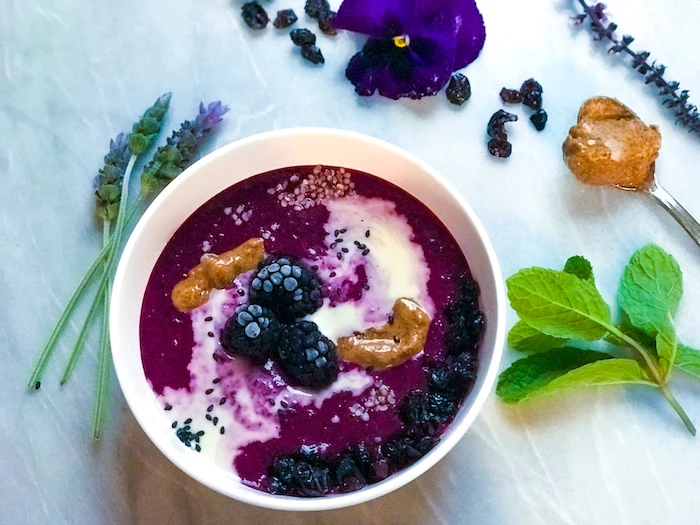
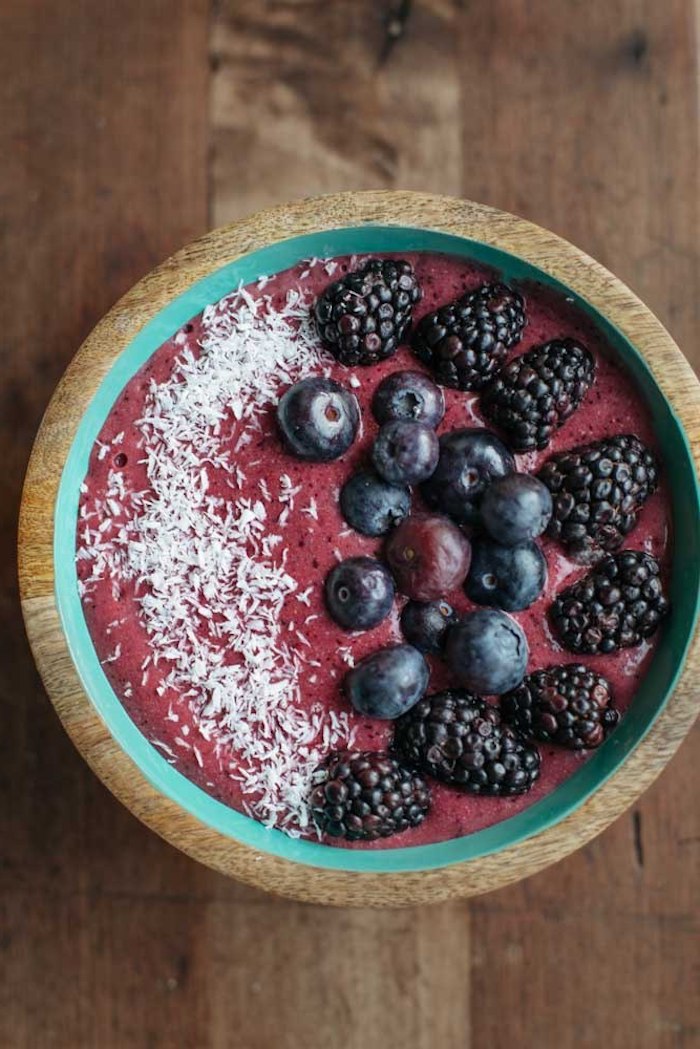
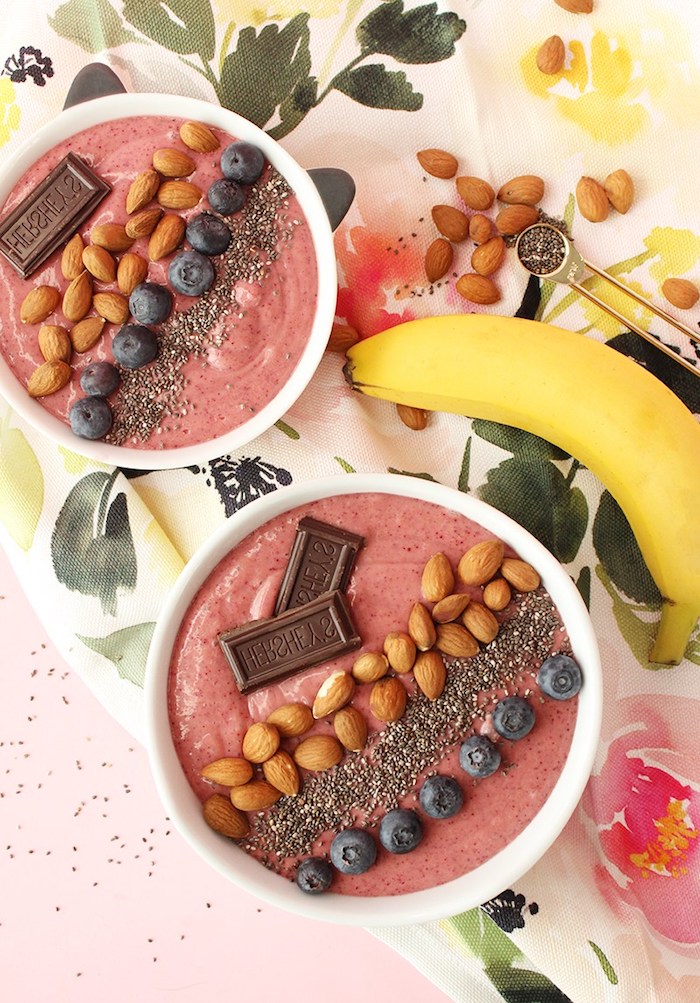
Don’t have a high-end blender? You can still make great smoothies. The key is to help your machine out. Chop hard ingredients like apples and carrots into smaller pieces. If using nuts, try soaking them in water for an hour beforehand to soften them. And always blend your leafy greens with your liquid first before adding other ingredients to avoid leafy chunks.
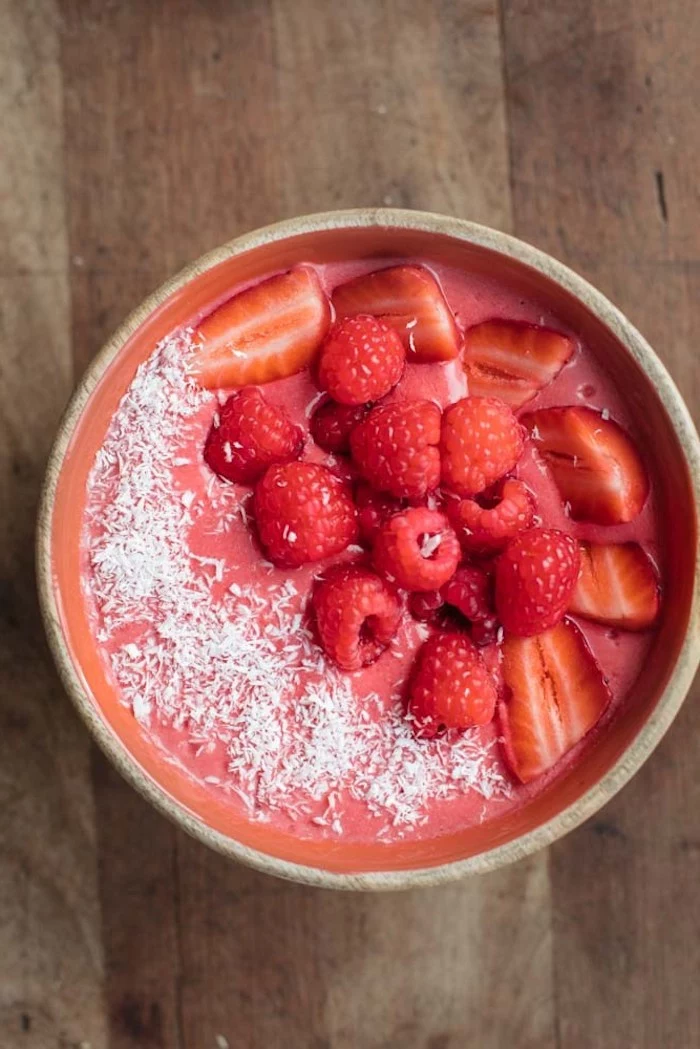
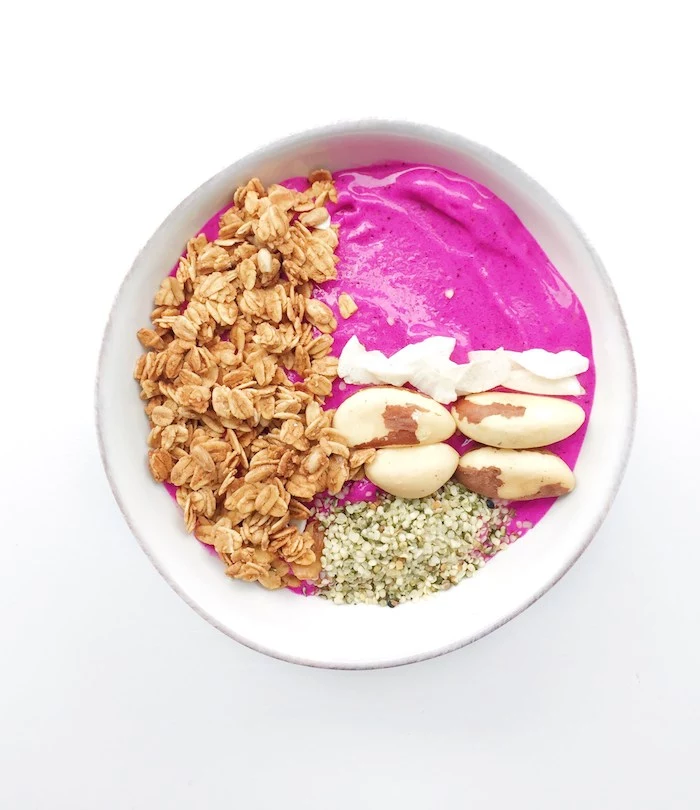
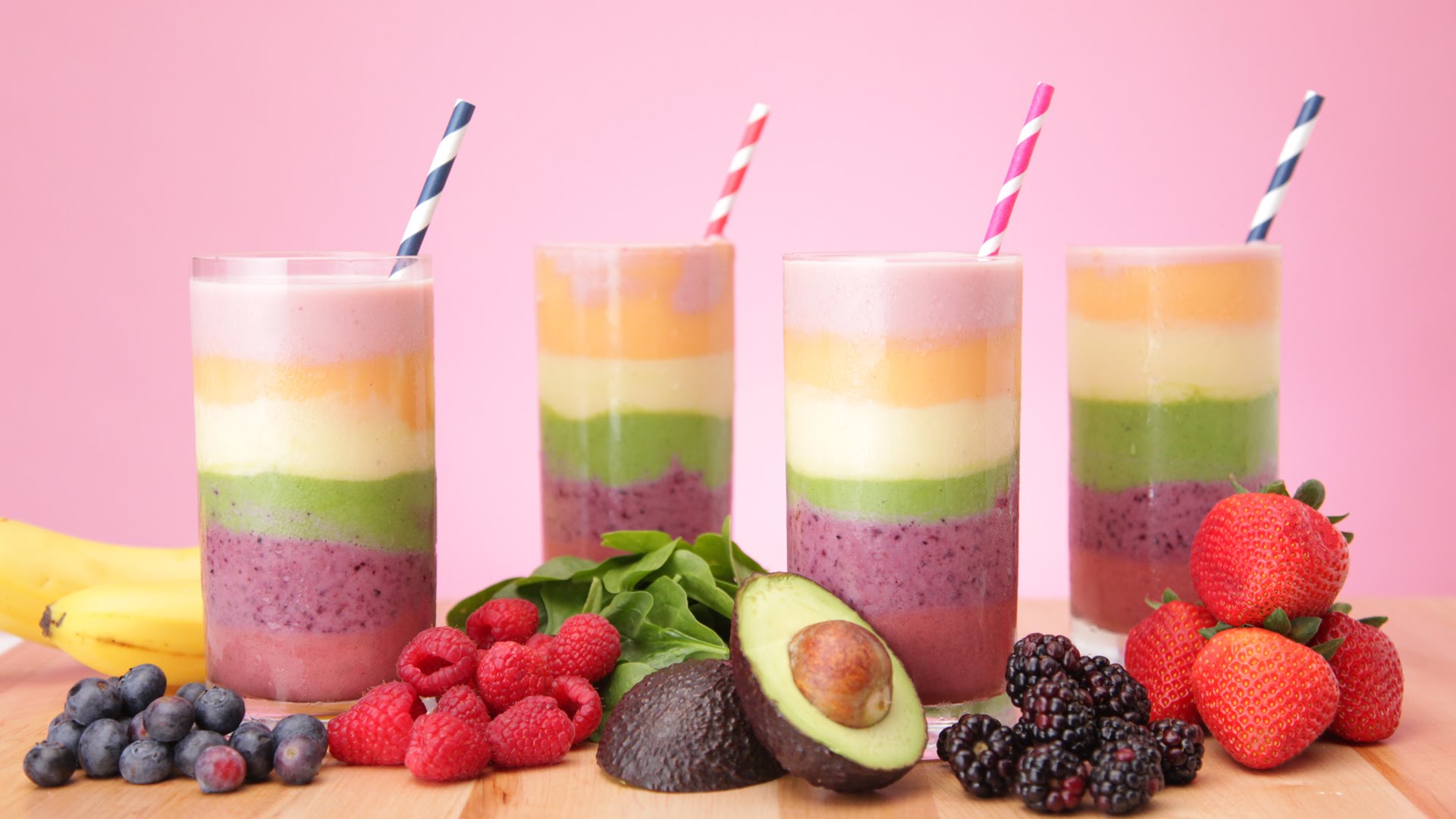
- Start with 1/4 cup of rolled oats.
- Add a tablespoon of cacao powder.
- Finish with a scoop of chocolate protein powder.
The result? A smoothie that tastes like brownie batter. This combination is rich in fiber from the oats and antioxidants from the cacao. It satisfies dessert cravings while still being a perfectly balanced meal, thanks to the protein and complex carbs.
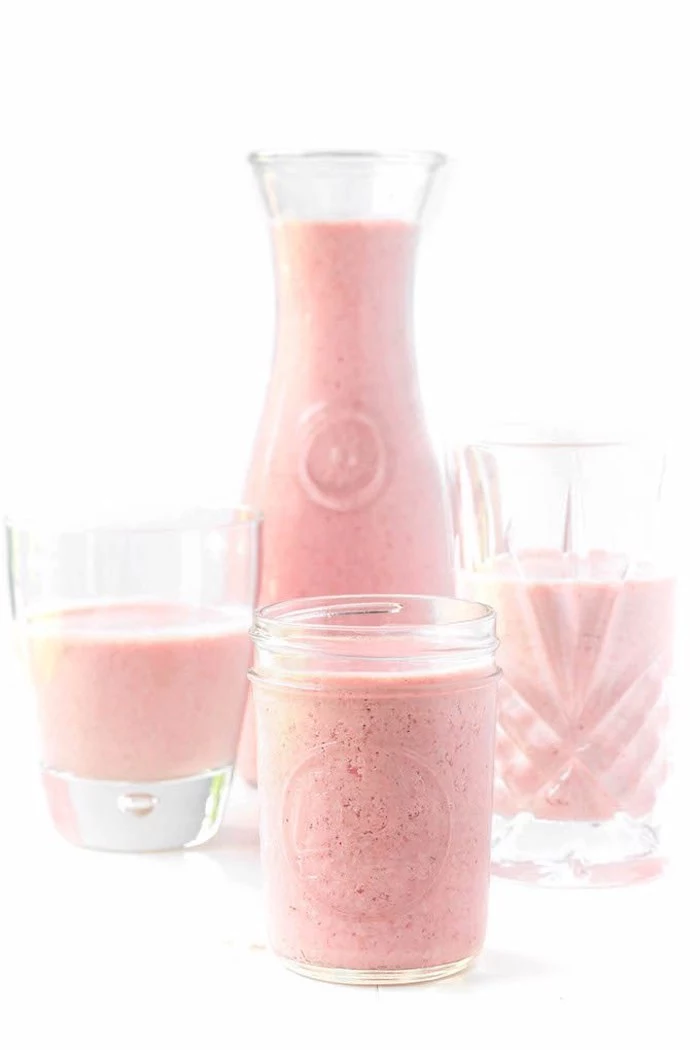
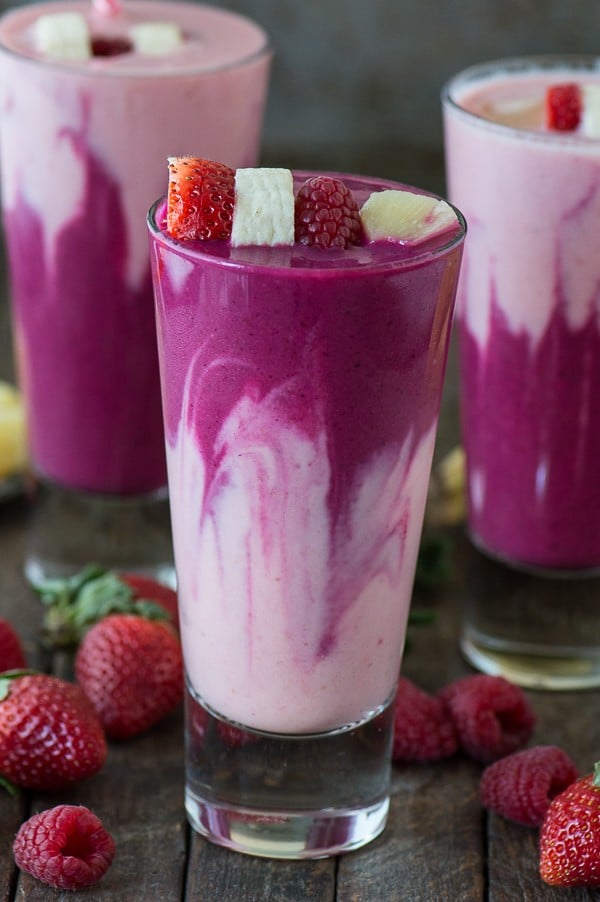
Watch out for hidden sugars: The most common mistake isn’t just adding too much fruit, but using a liquid base that’s already loaded with sugar. Vanilla-flavored almond milk, fruit-on-the-bottom yogurts, and most fruit juices can add 15-25 grams of sugar before you’ve even added a single piece of fruit. Always choose unsweetened versions to control the sweetness yourself.
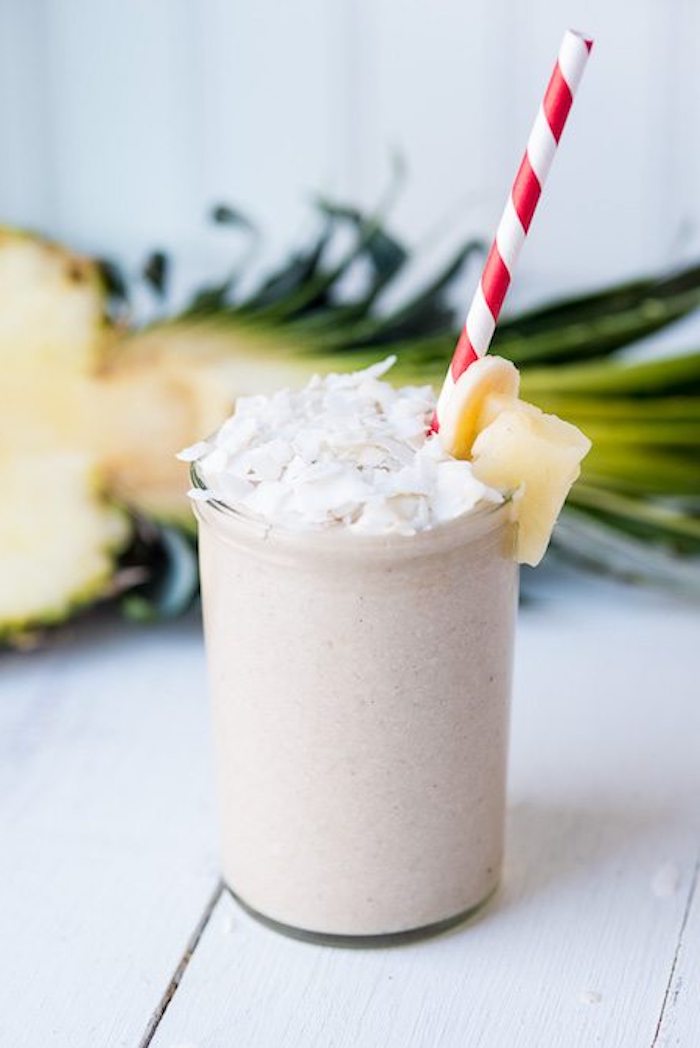
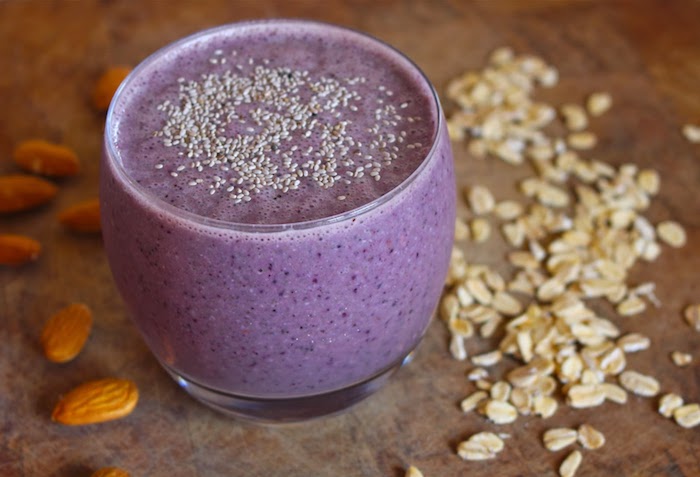
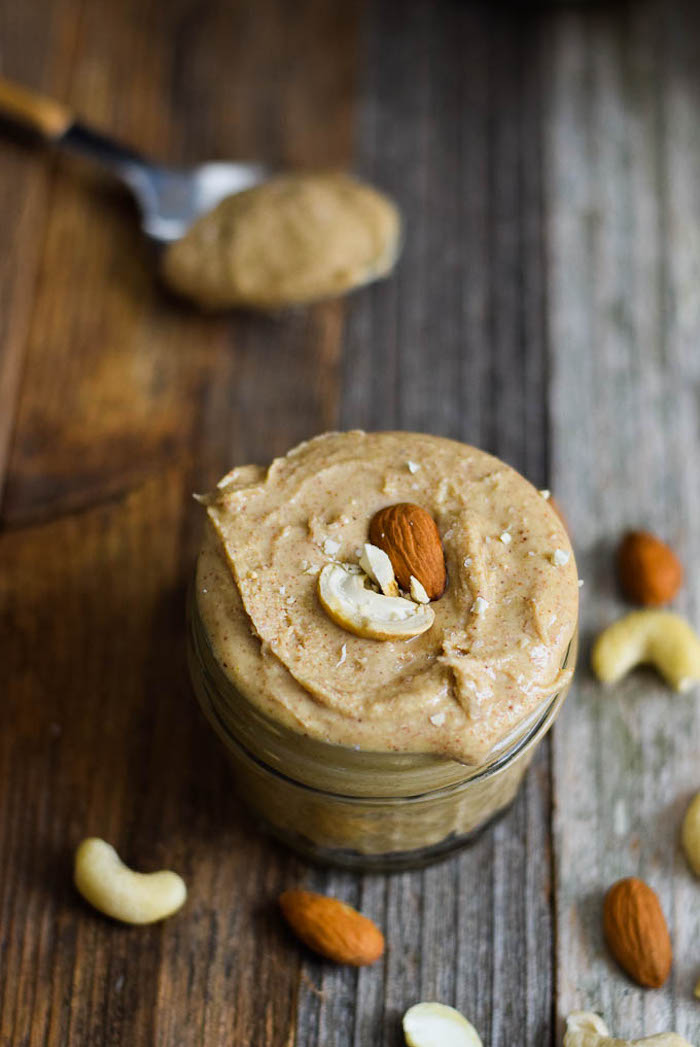
The secret to those beautiful, layered smoothies you see online isn’t magic, it’s density. Start by blending your thickest mixture first (e.g., a banana-avocado base) and pouring it in. Then, blend a lighter, more liquid mixture (e.g., spinach and coconut water). To keep the layers distinct, pour the second layer slowly over the back of a spoon held just above the first layer.
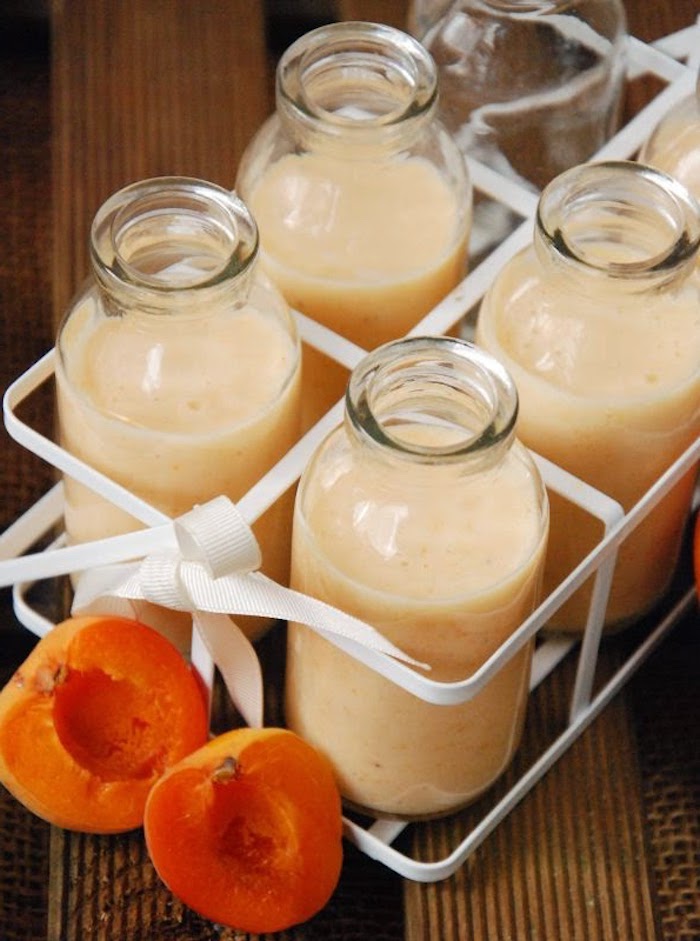
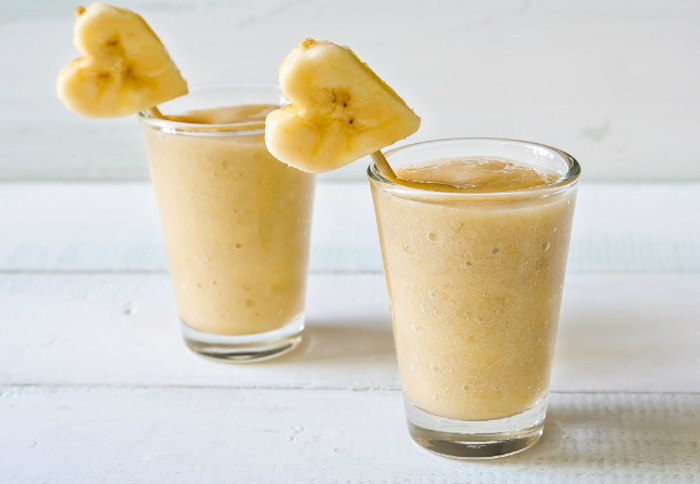

Chia Seeds: Gels up and creates thickness. Rich in fiber and omega-3 fats. Very mild flavor.
Flax Seeds: Must be ground to access nutrients. High in fiber and a specific type of omega-3 (ALA). Has a slightly stronger, nuttier taste.
For thickening and a neutral taste, choose chia. For a budget-friendly omega-3 boost with a nutty flavor, go for ground flax.

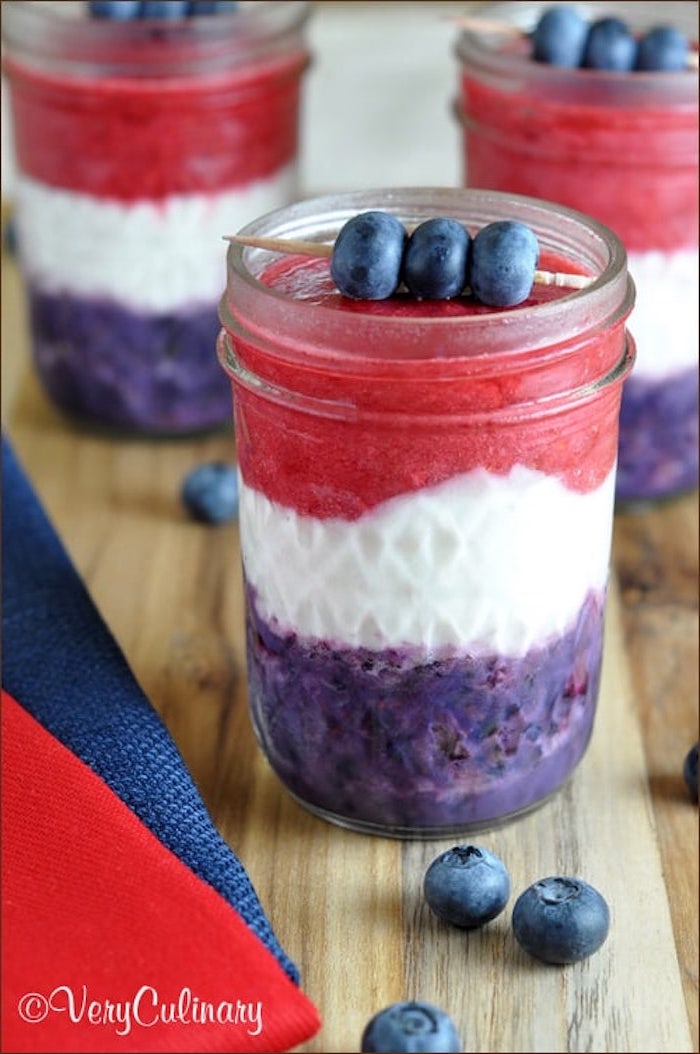
The quickest way to clean your blender? Immediately after pouring your smoothie, fill the blender about one-third full with warm water, add a single drop of dish soap, put the lid on, and blend on high for 30 seconds. The vortex does all the scrubbing for you. Just rinse and you’re done. No disassembly, no scrubbing.
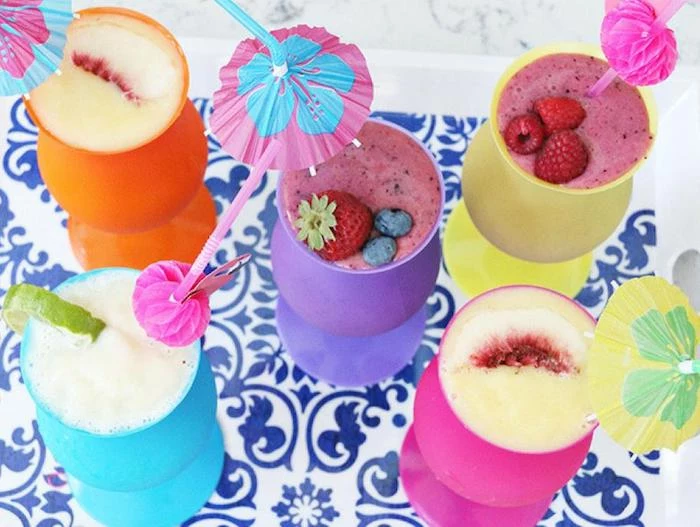
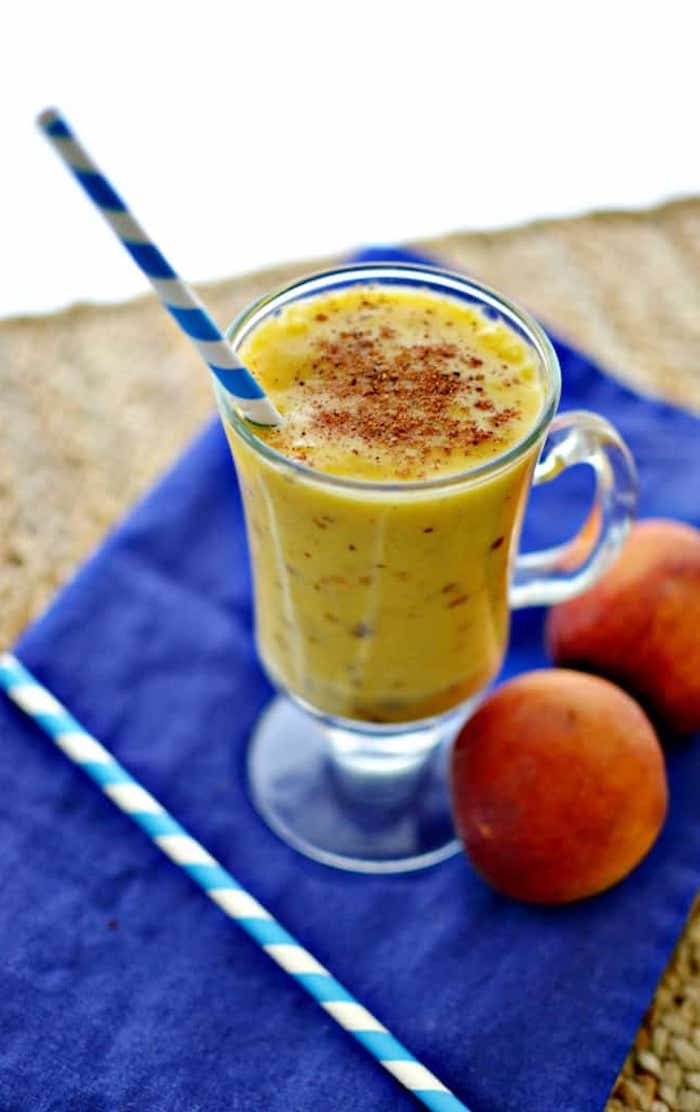
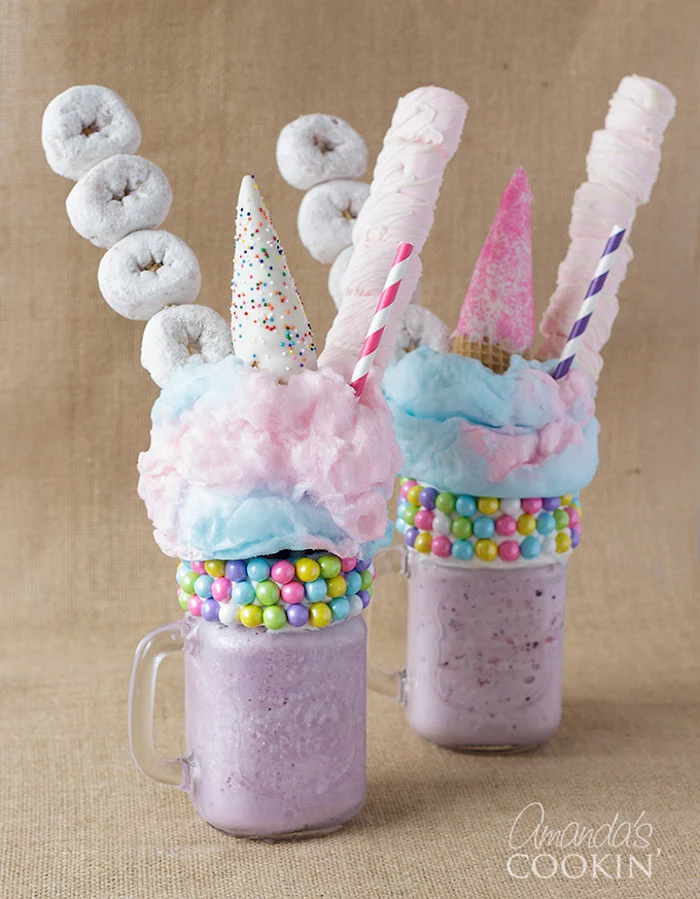
Think beyond berries and bananas. Using vegetables is a superb way to add nutrients and fiber without excess sugar. Steamed and frozen cauliflower adds incredible creaminess with almost no taste. A handful of raw baby carrots adds sweetness and Vitamin A, while a small, cooked beet provides a stunning ruby color and earthy depth.
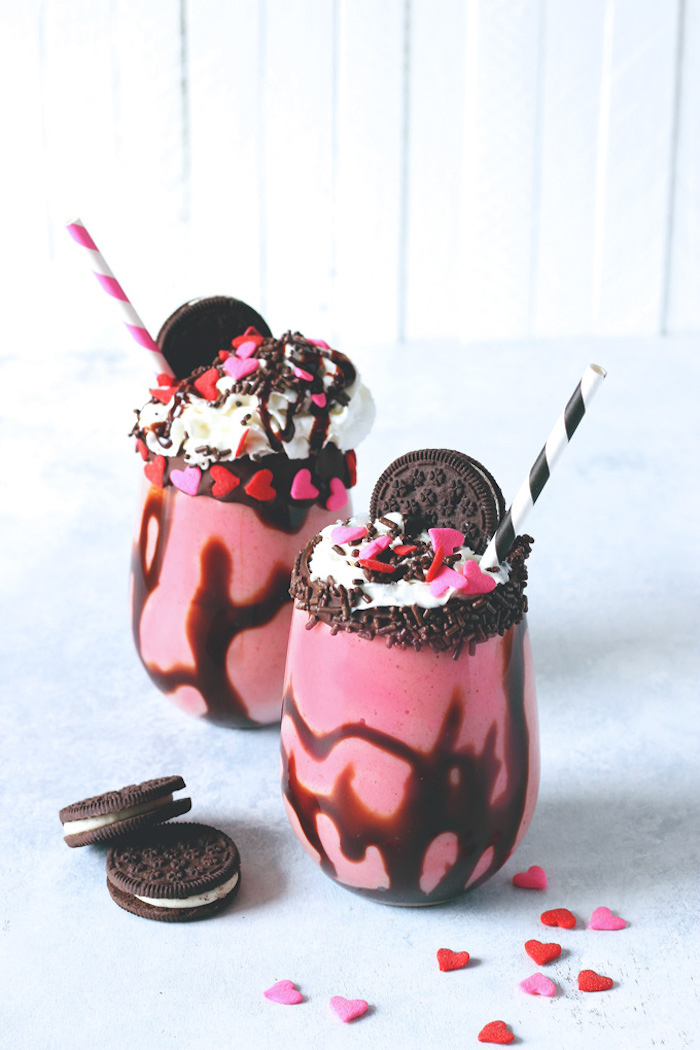

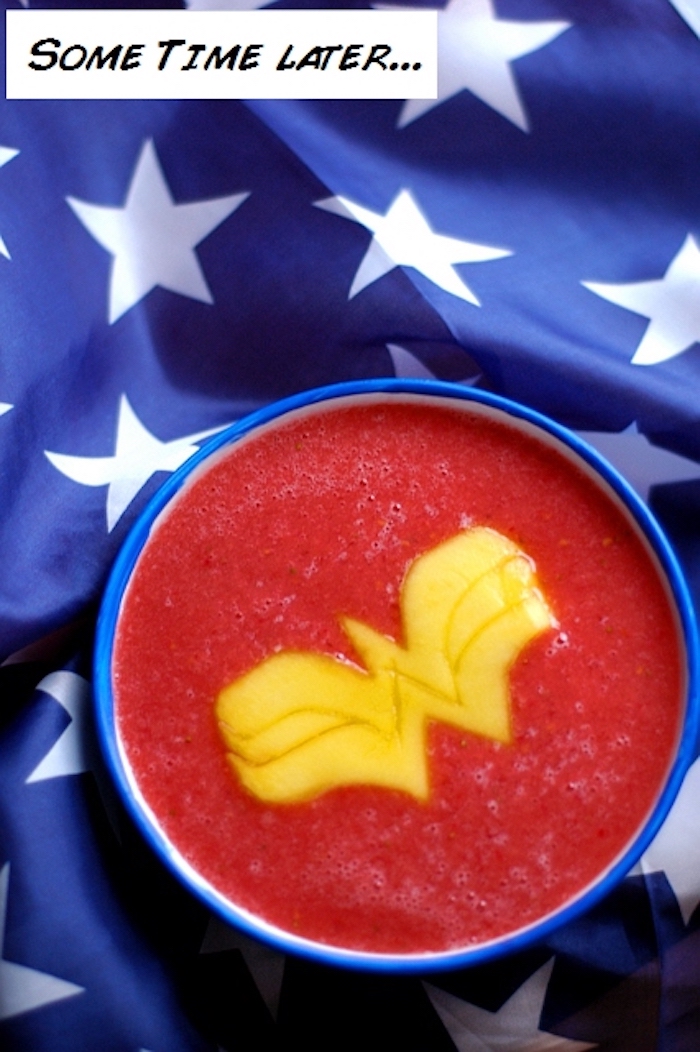
Looking for a protein boost without powders?
Whole foods can provide all the protein you need. Plain Greek yogurt is a powerhouse, with brands like Fage or Chobani offering up to 18 grams per serving. Cottage cheese is another excellent, creamy option. For a plant-based alternative, a block of silken tofu creates an unbelievably smooth and neutral-tasting base, ready to absorb any flavors you add.
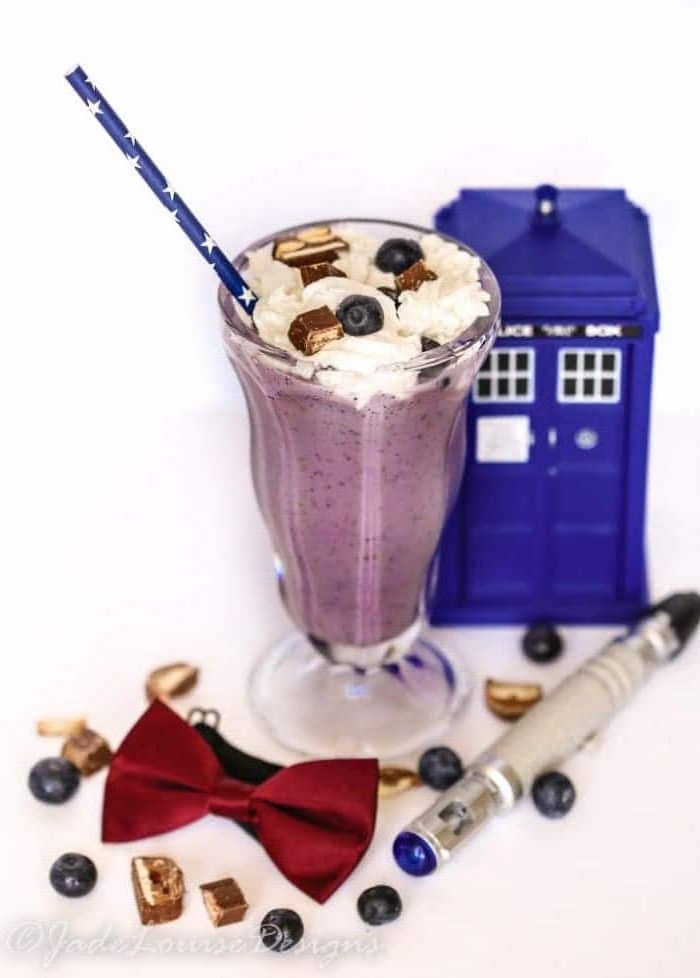
For vibrant magenta: A small, pre-cooked beet or a spoonful of beet powder. Pairs well with raspberry and ginger.
For sunshine yellow: A half-teaspoon of turmeric or a handful of mango and pineapple.
For deep purple: A mix of wild blueberries and açai, like the frozen packs from Sambazon.
For rich brown: A tablespoon of raw cacao powder.










